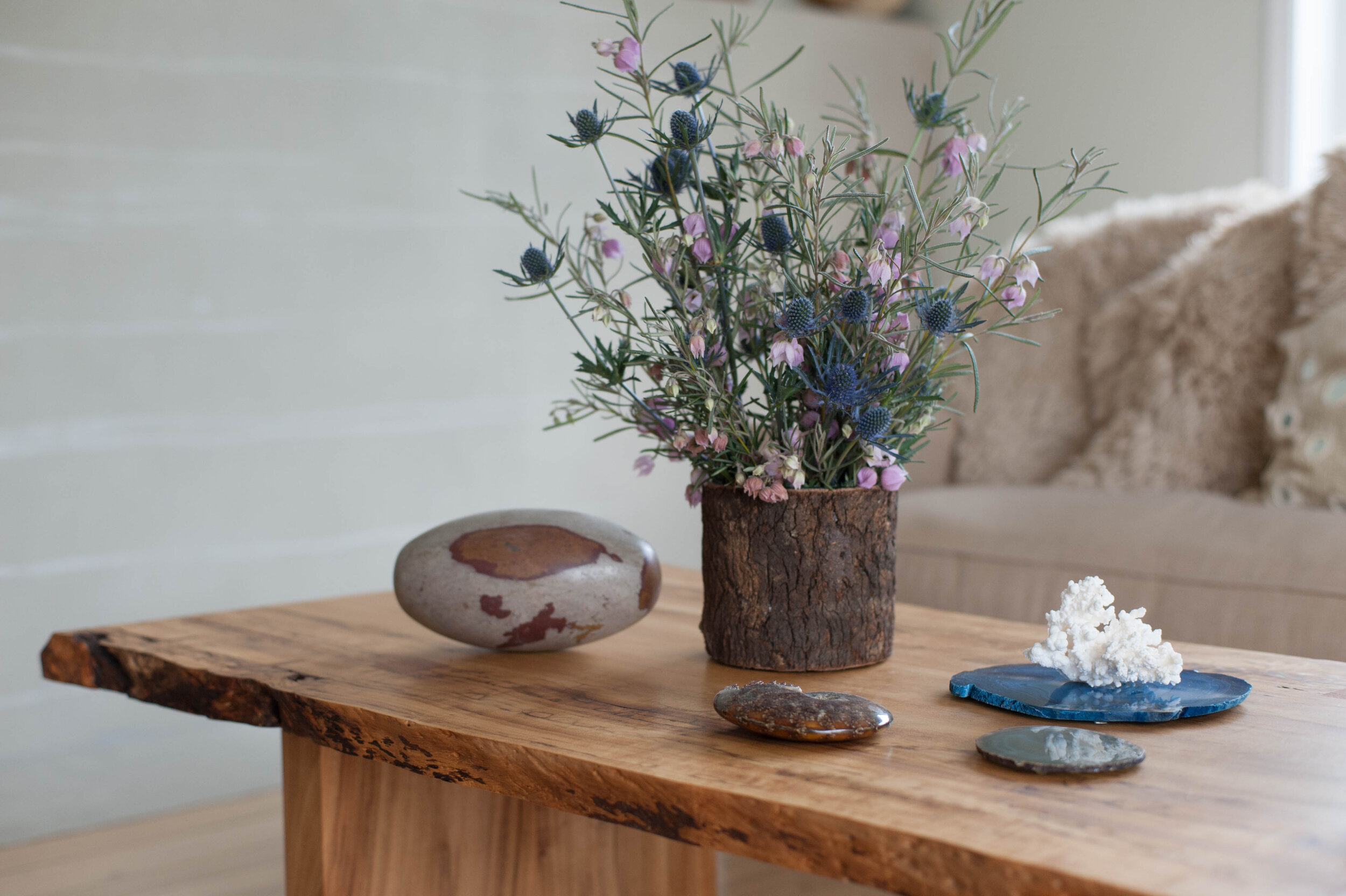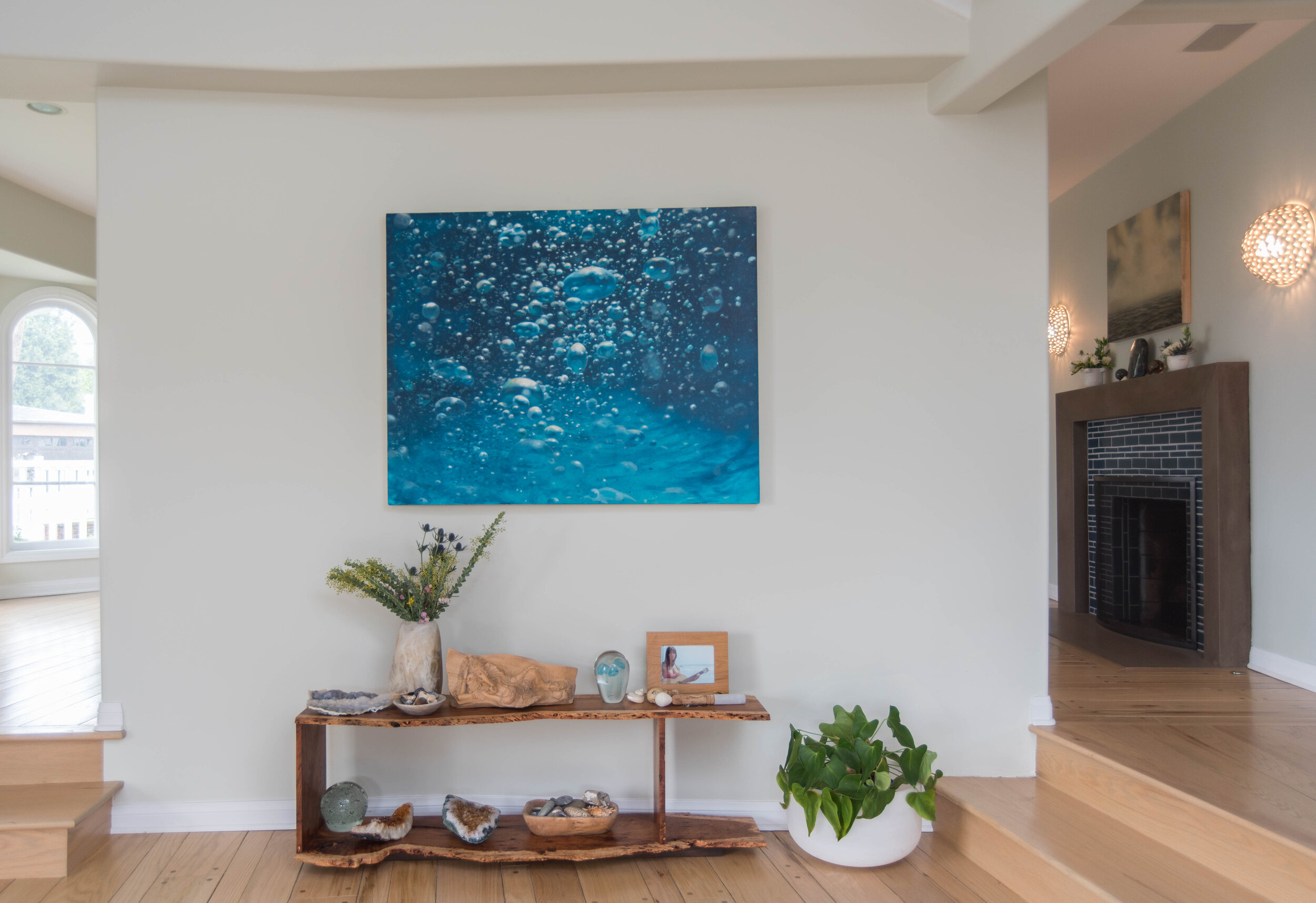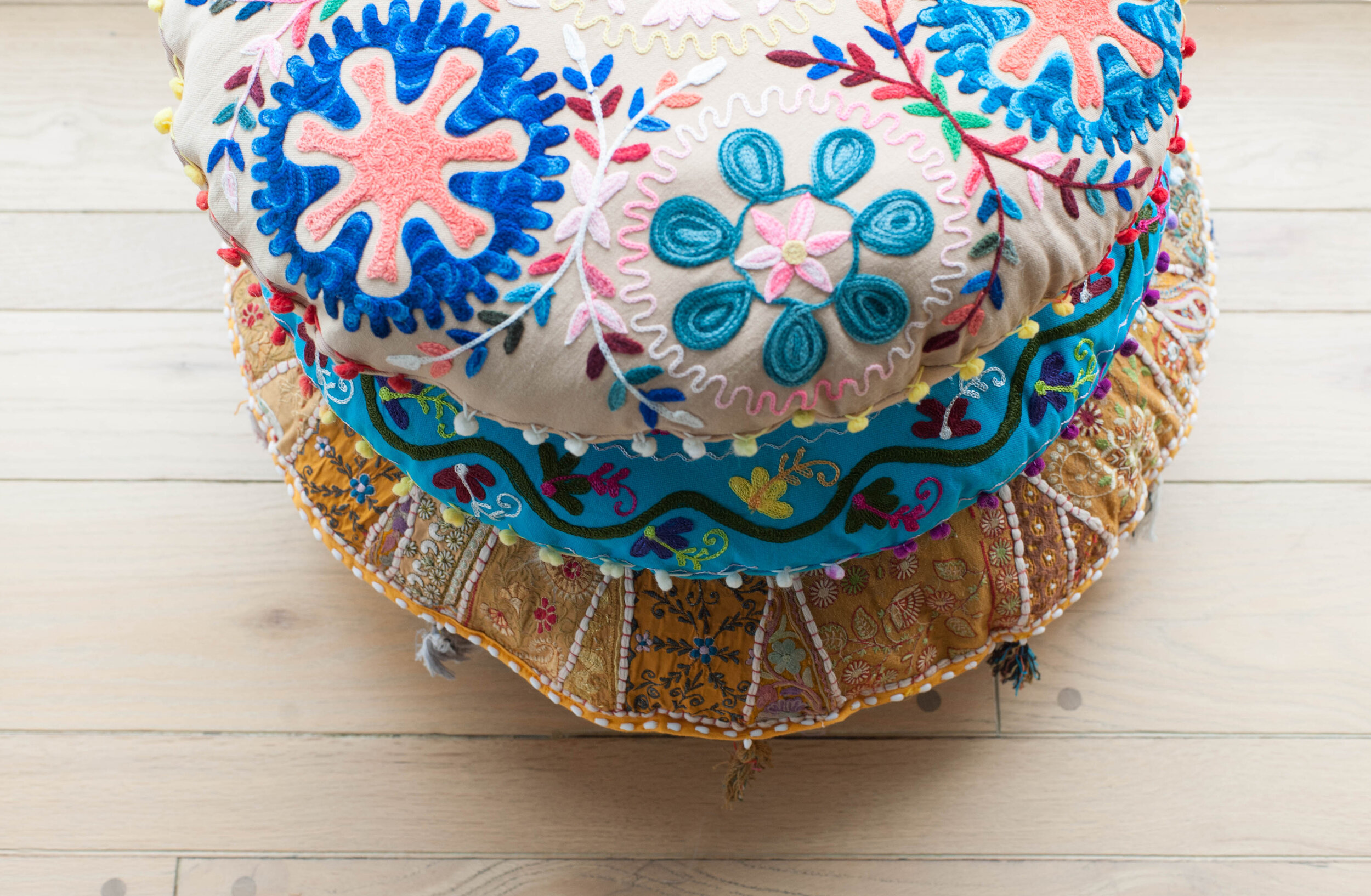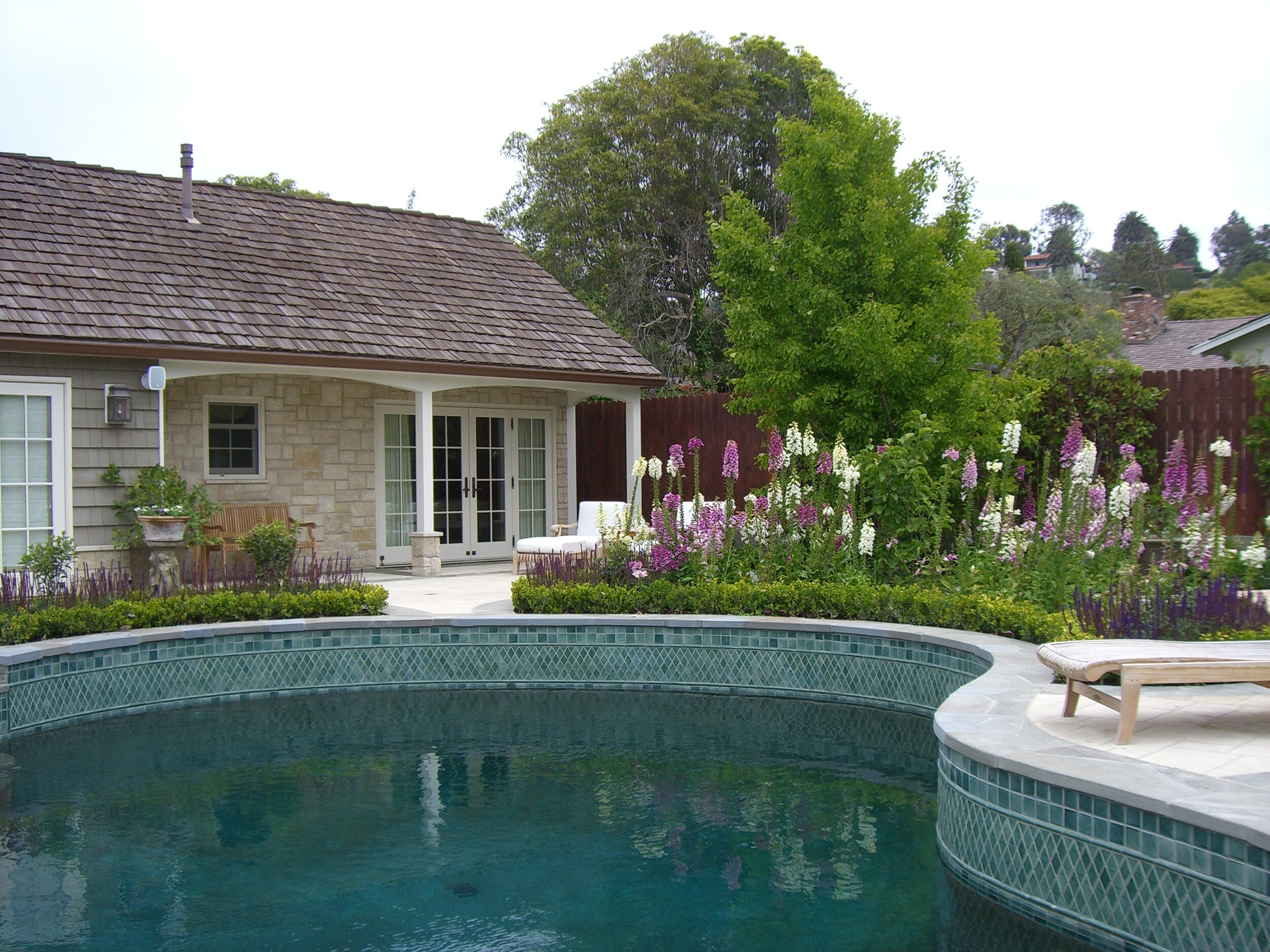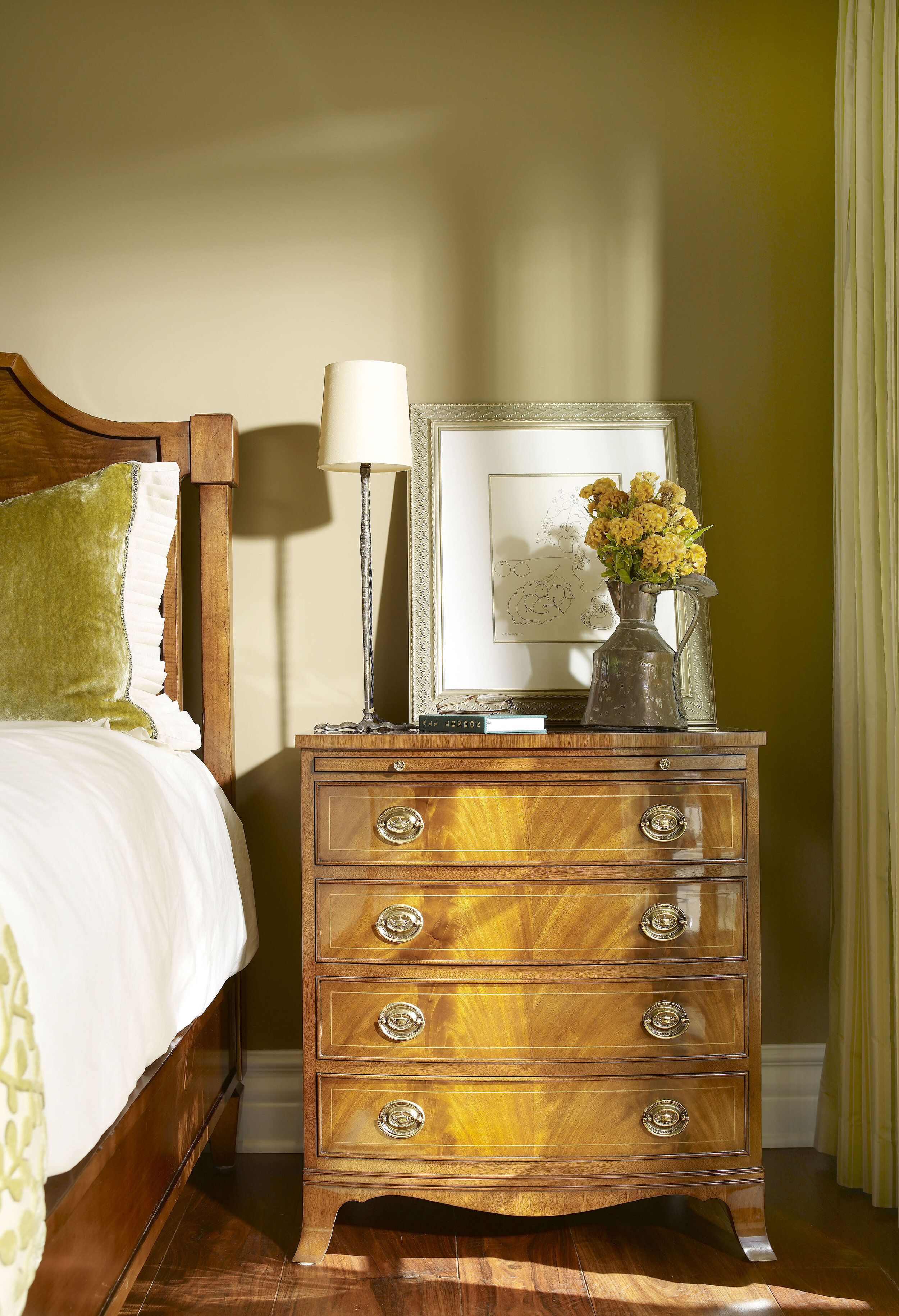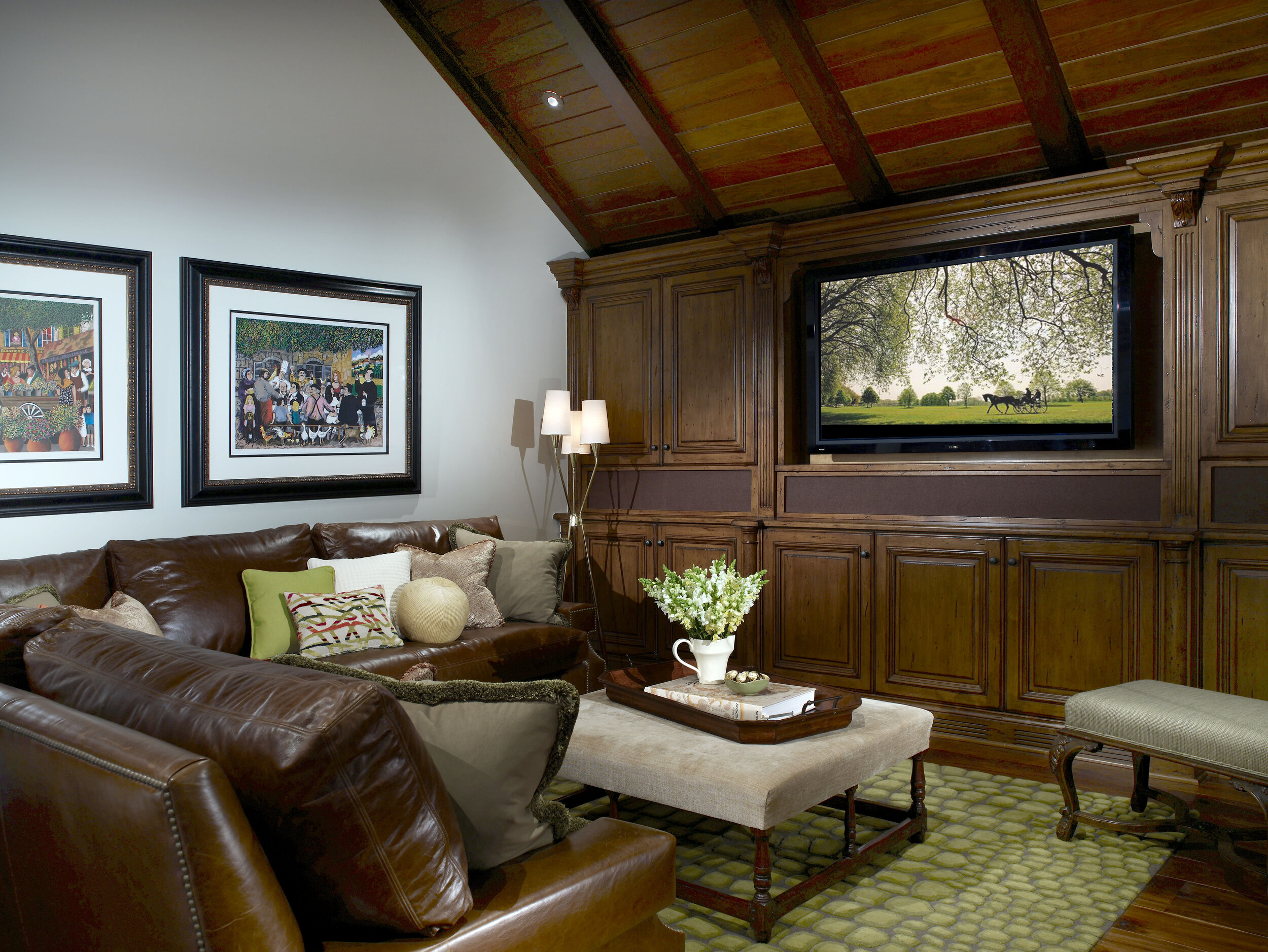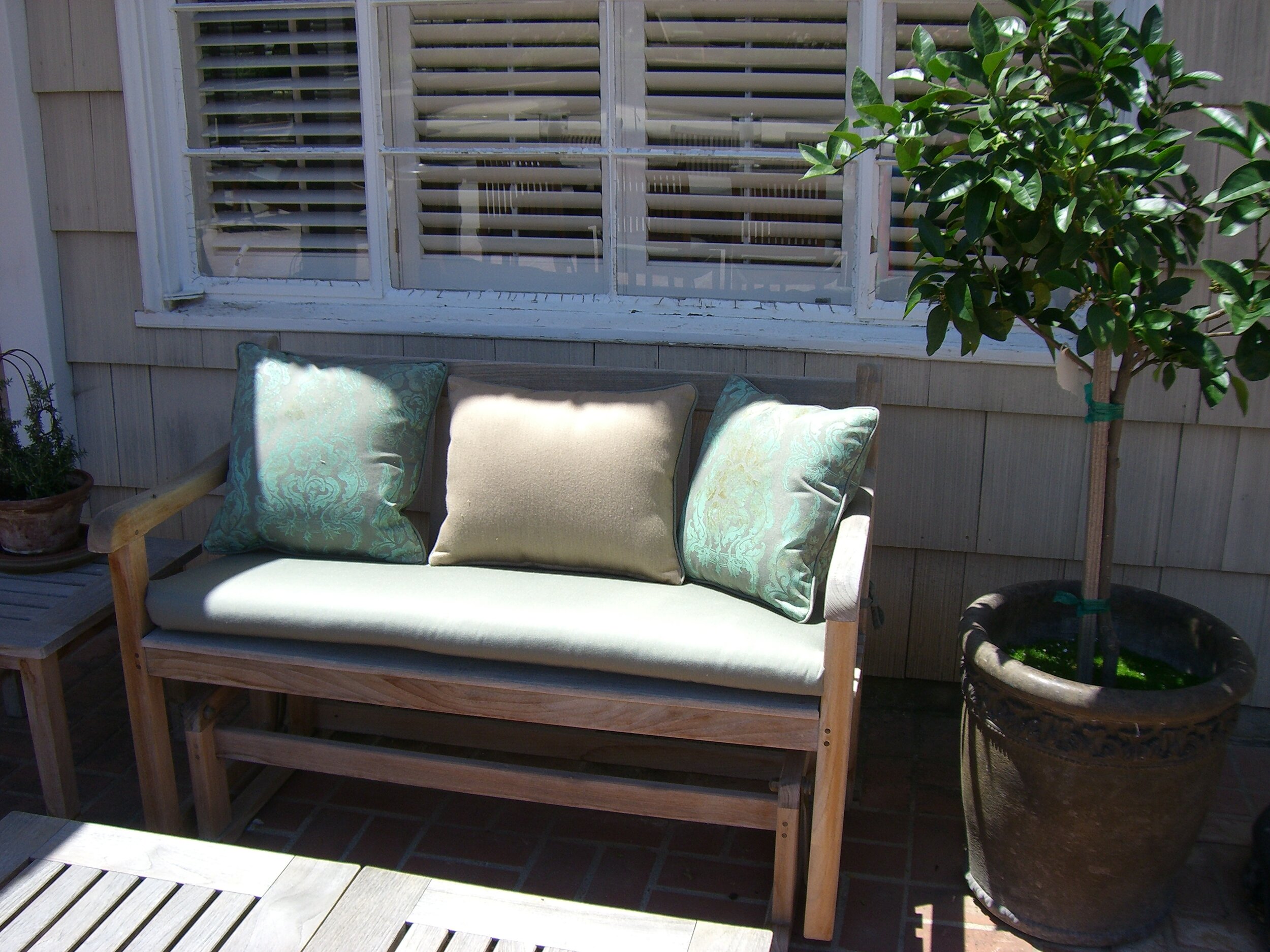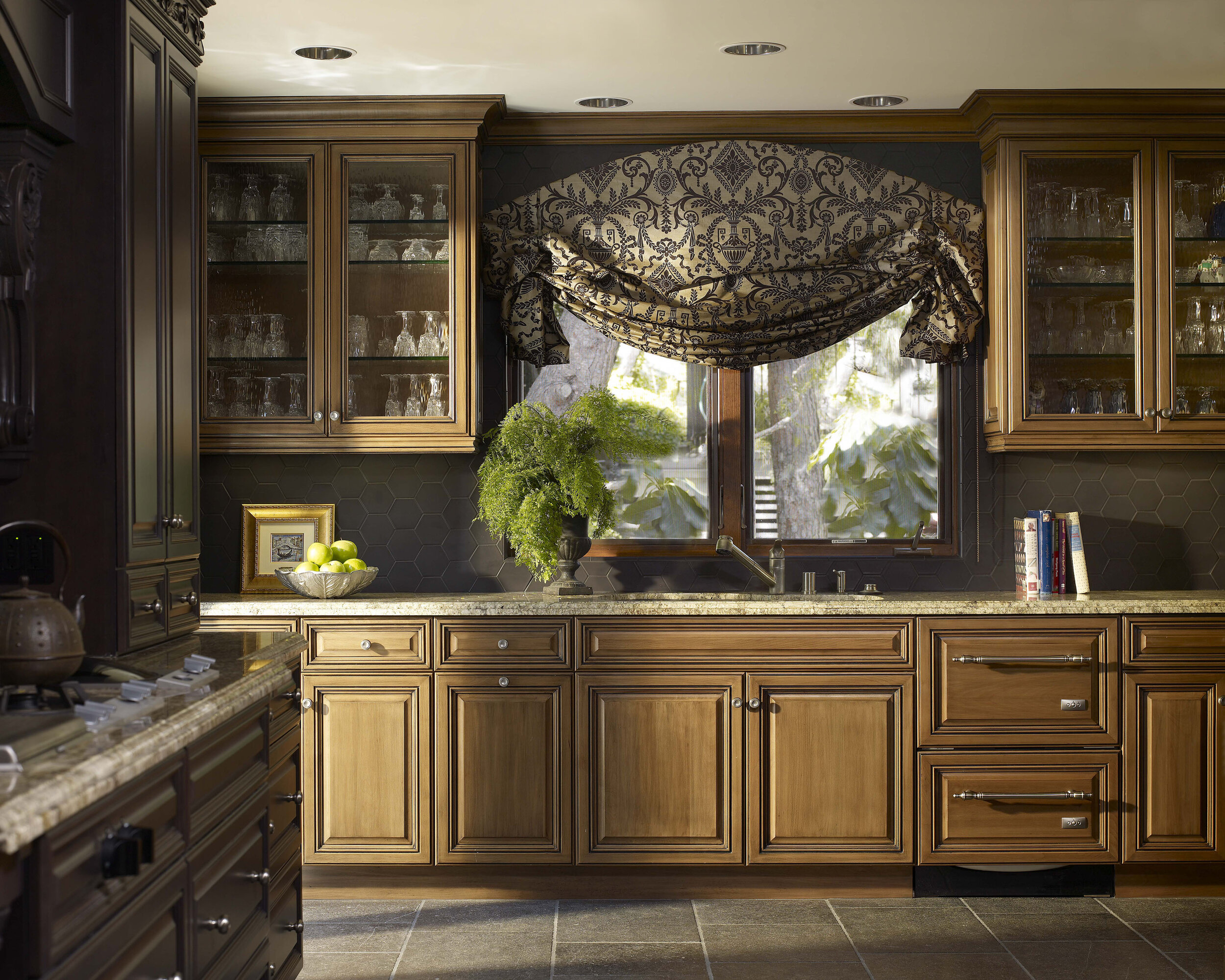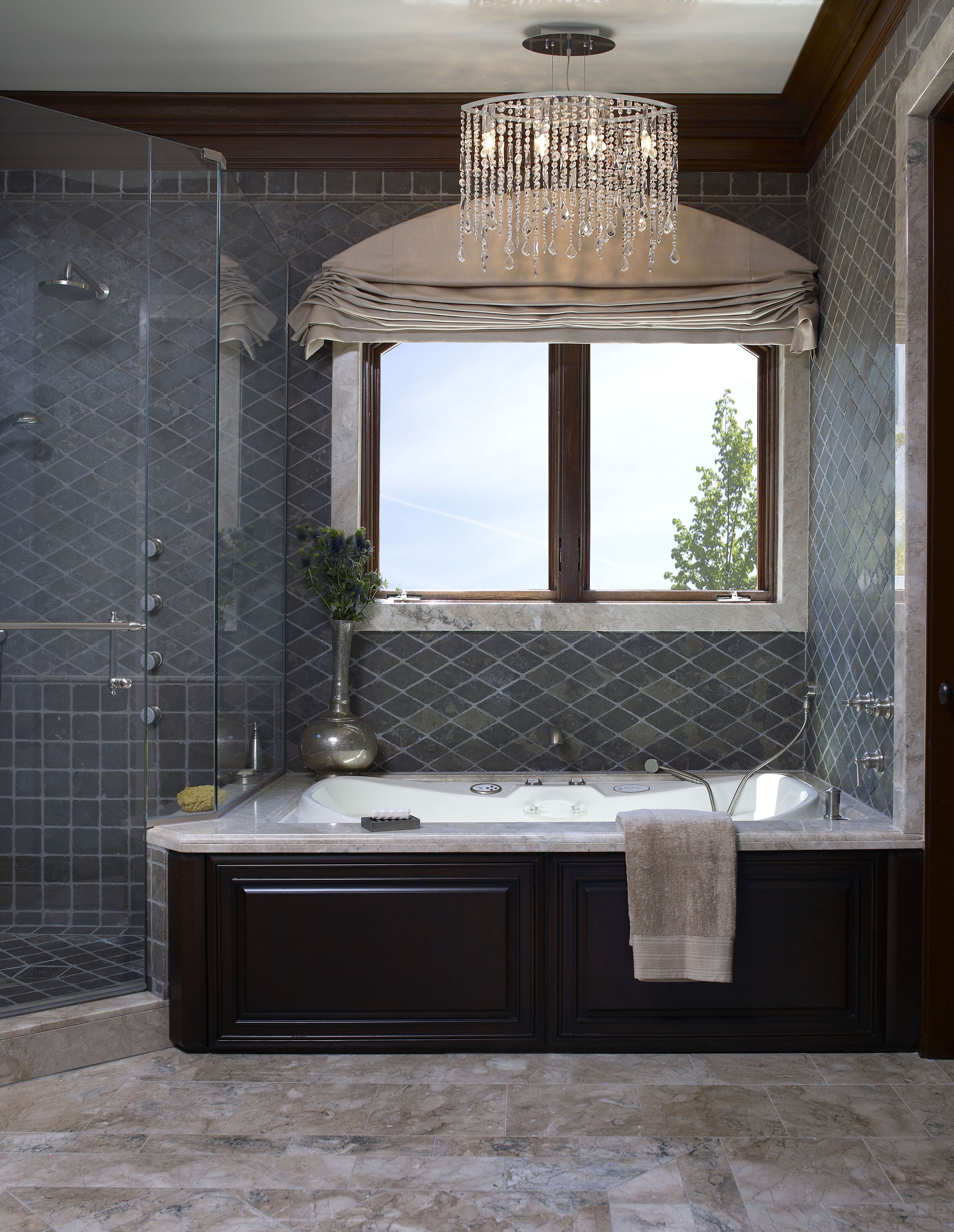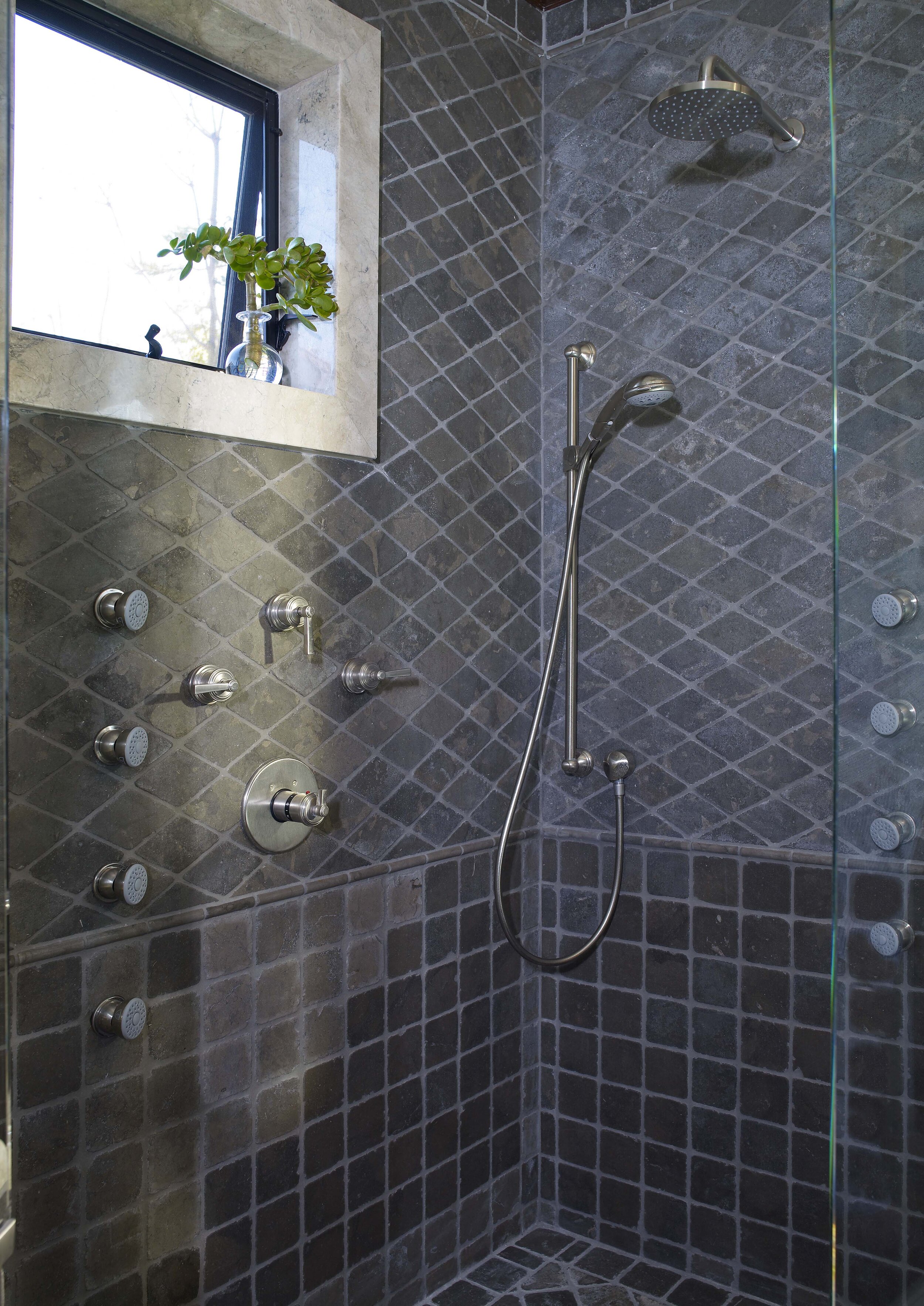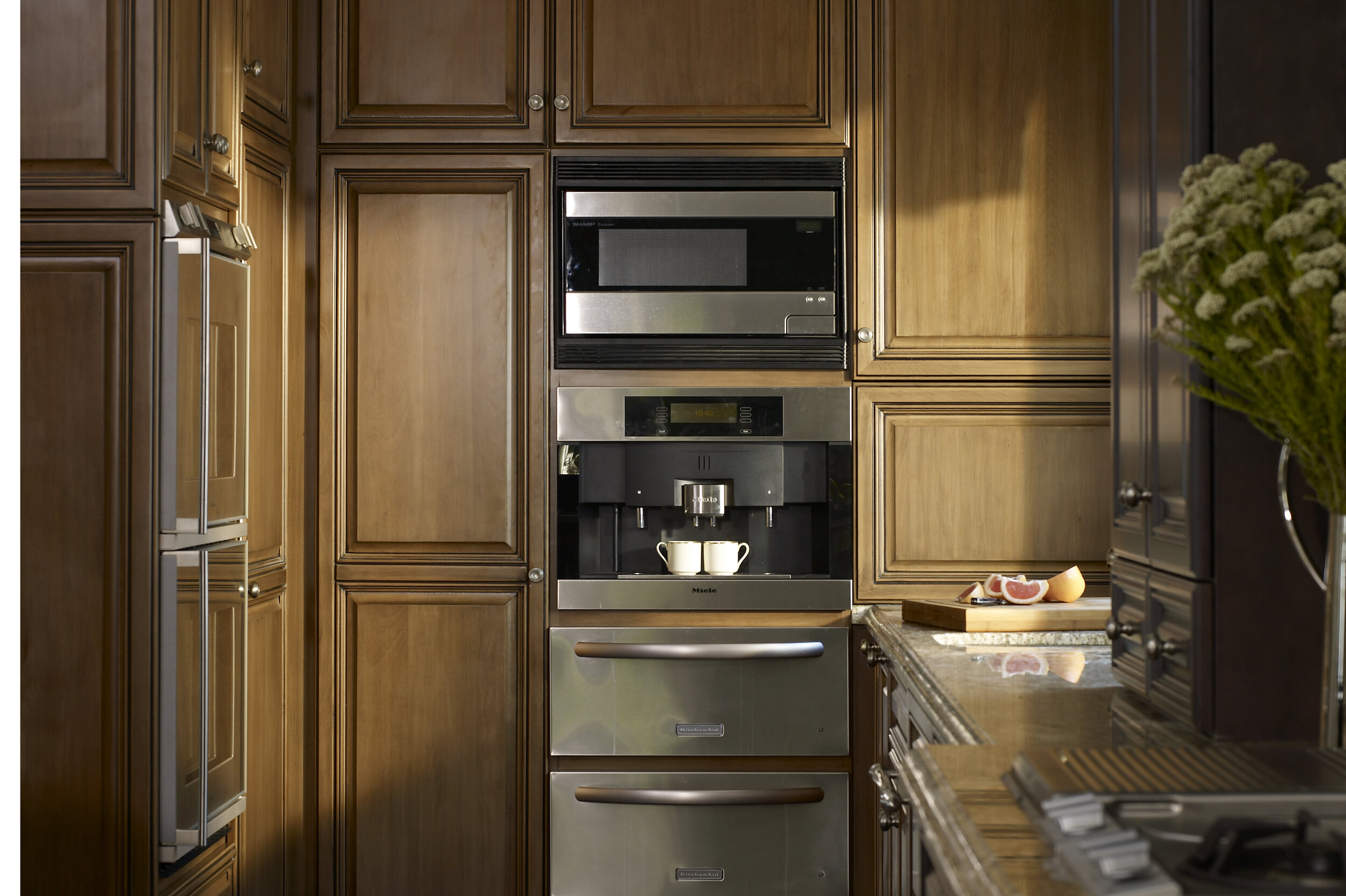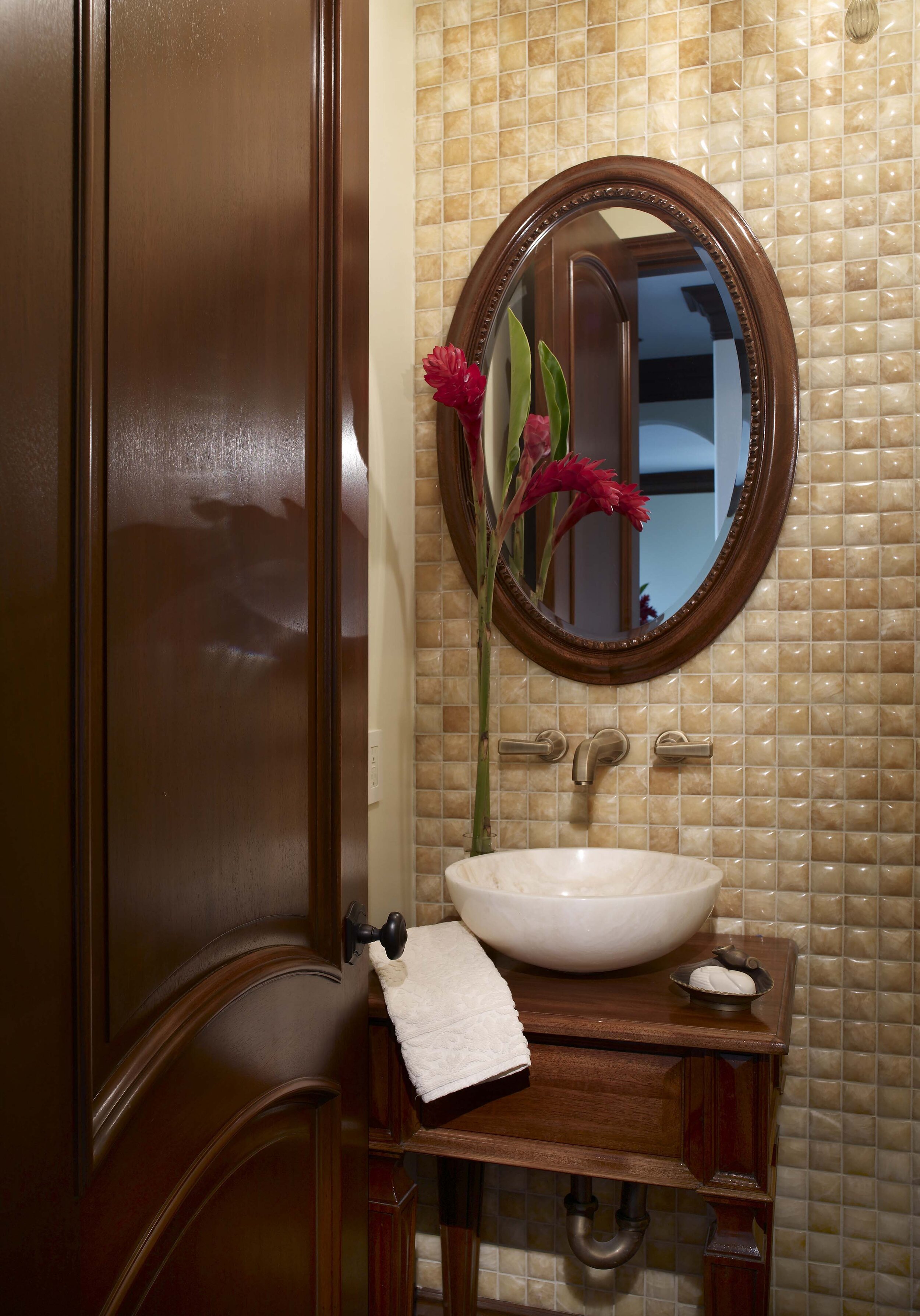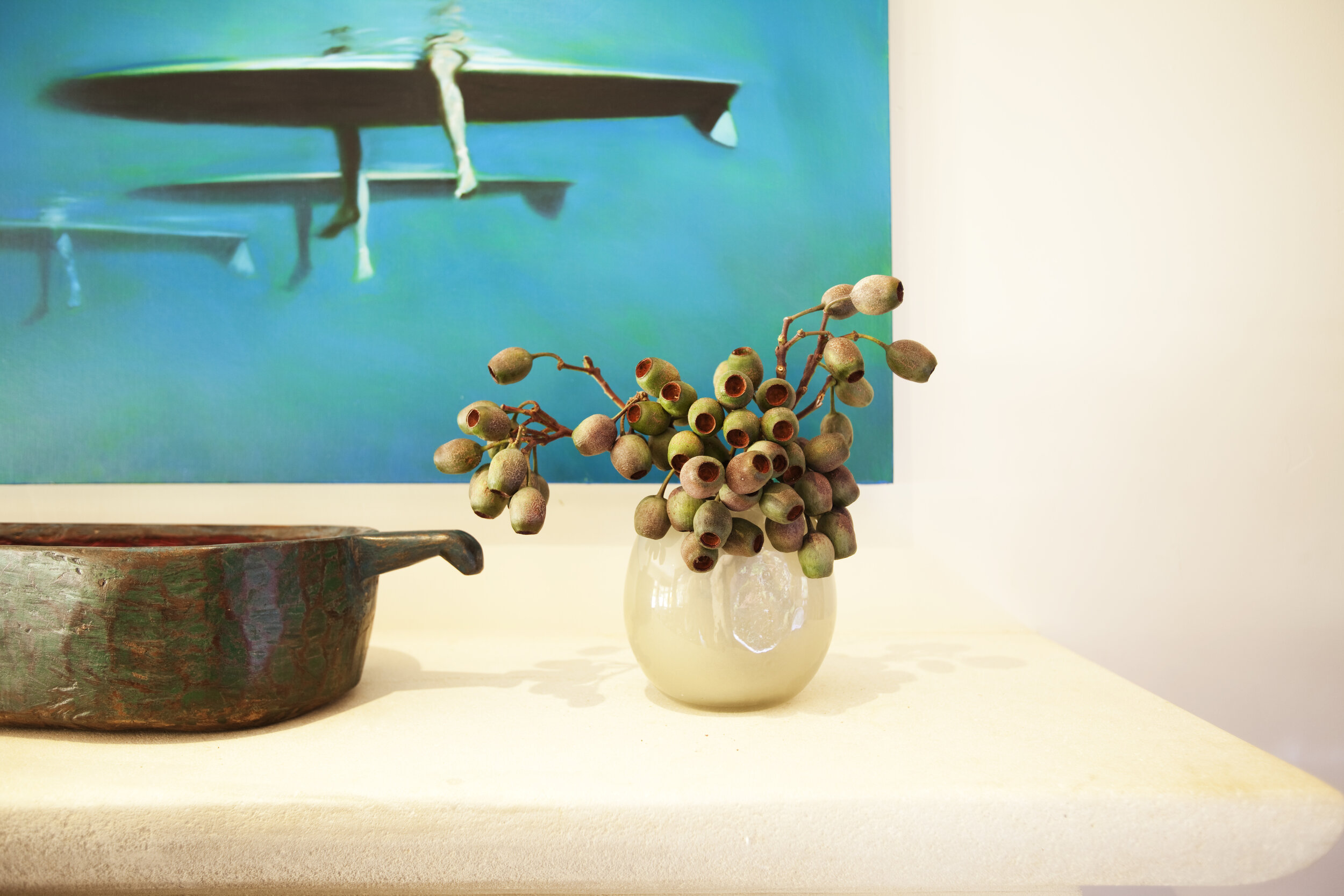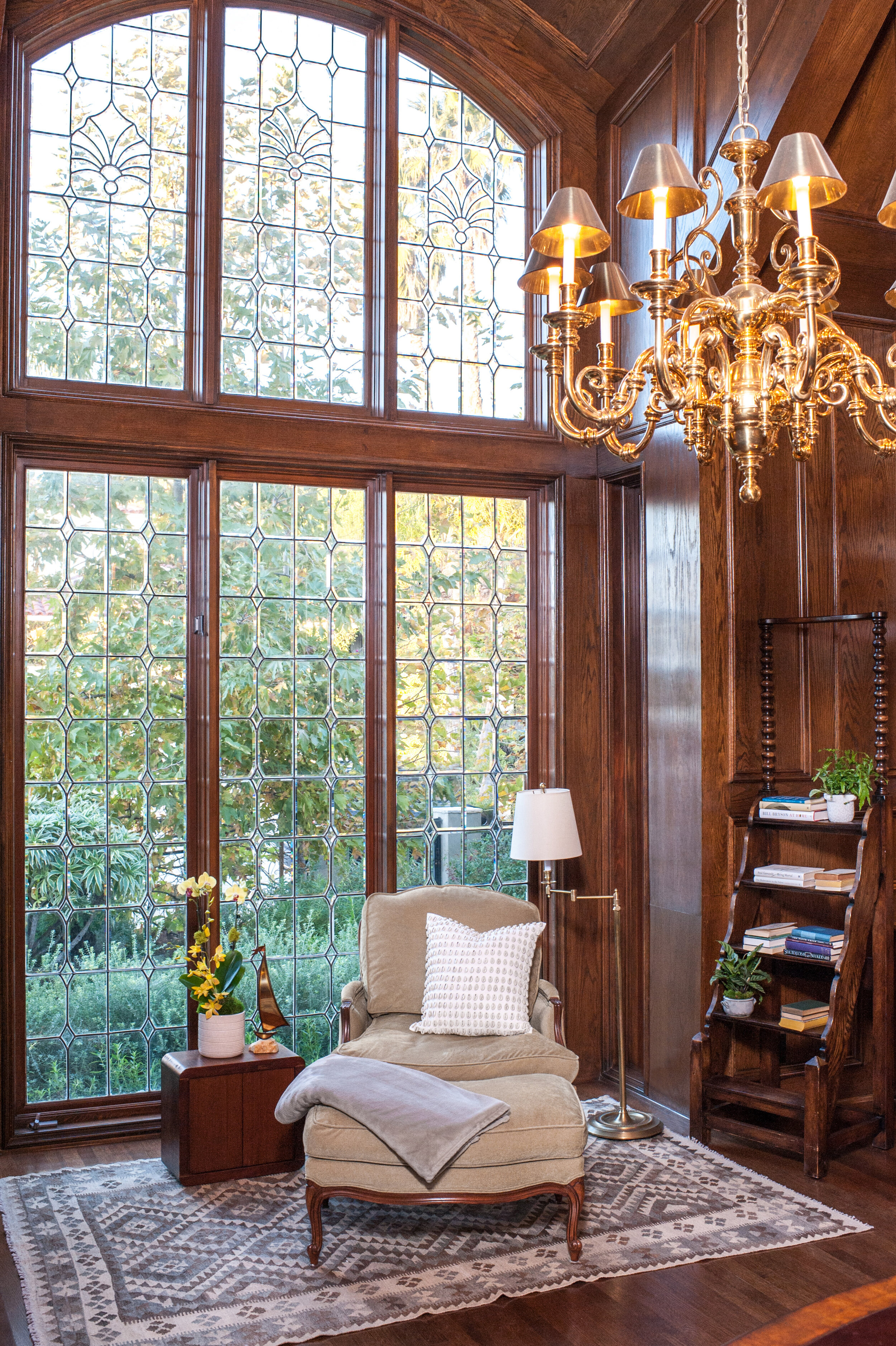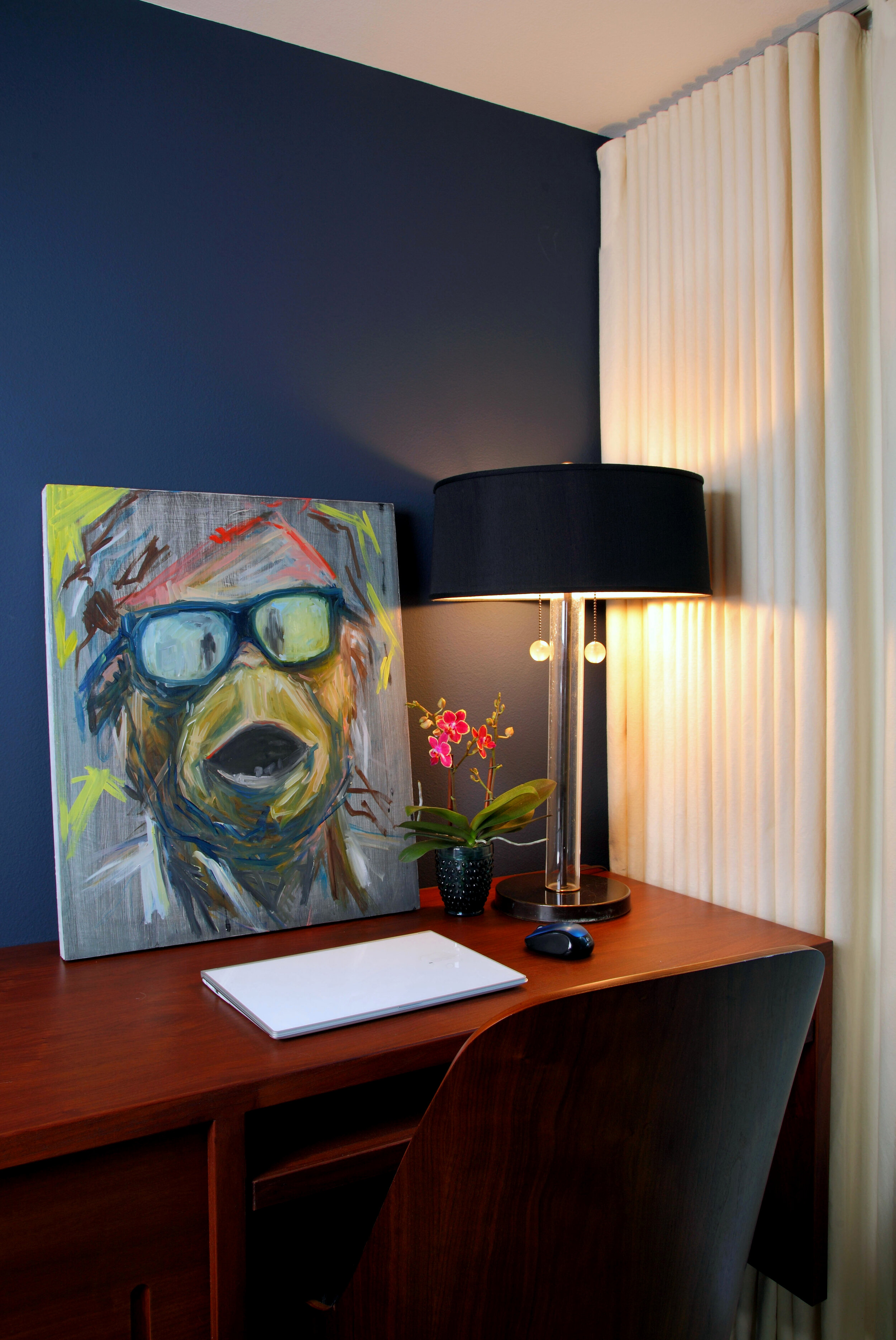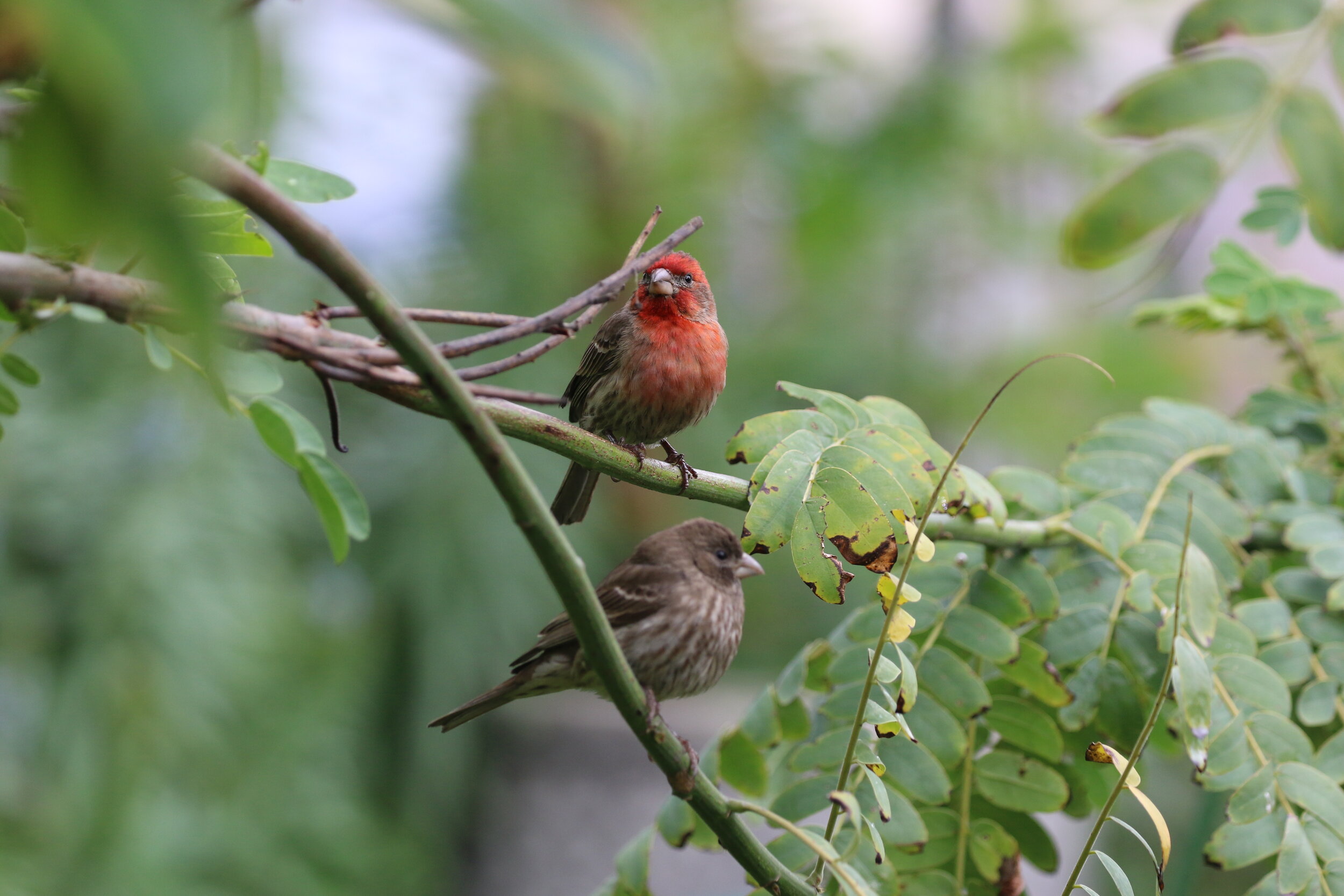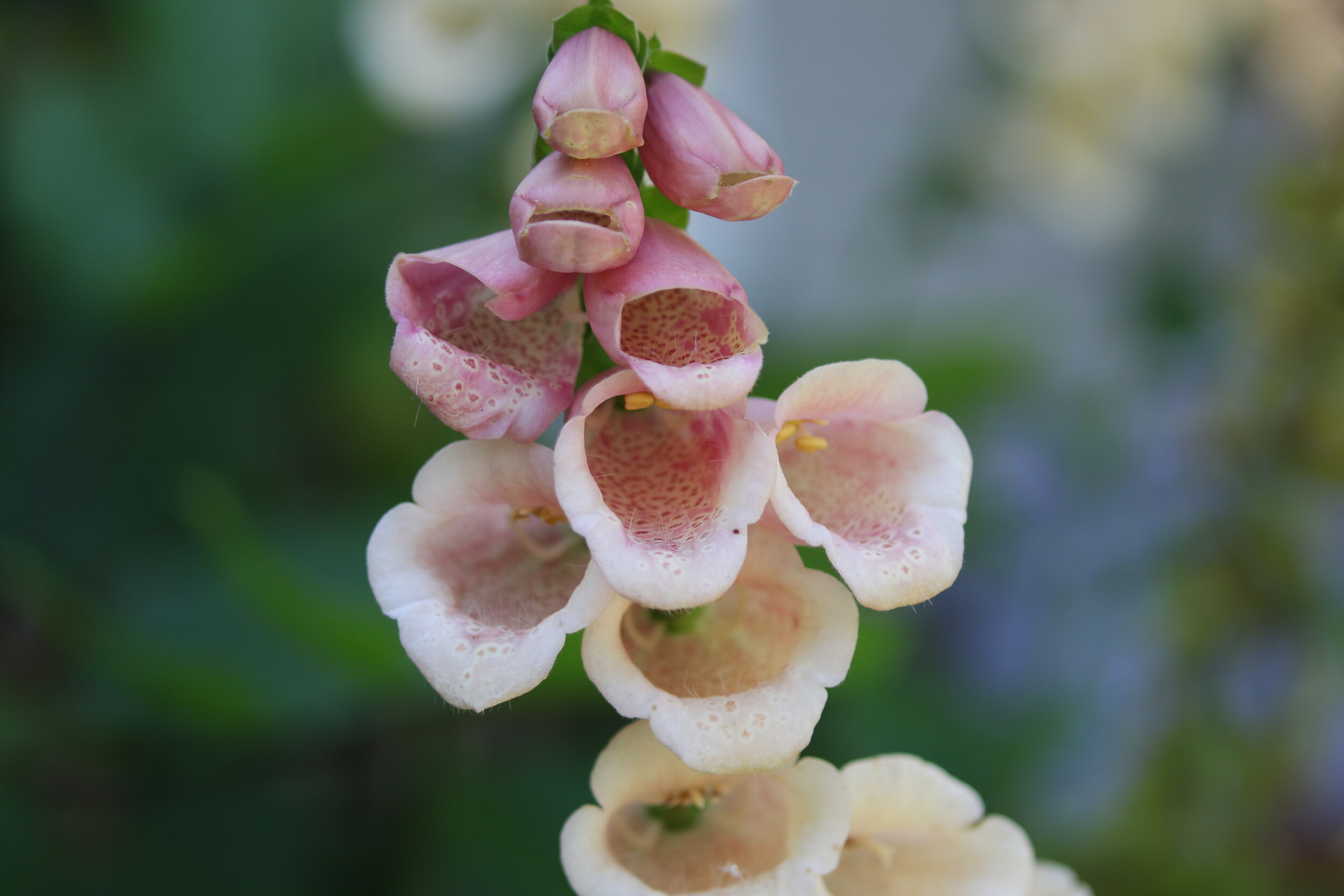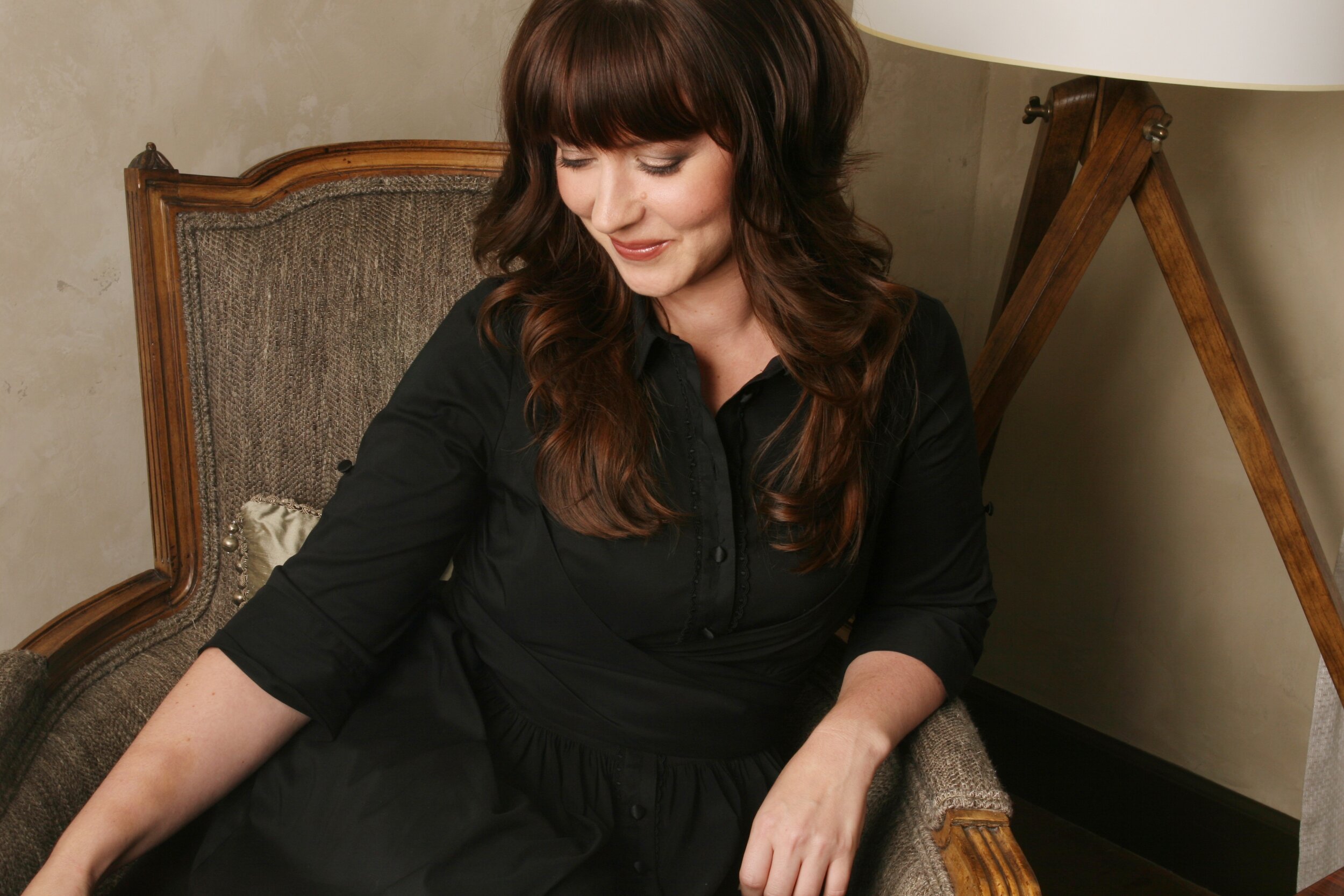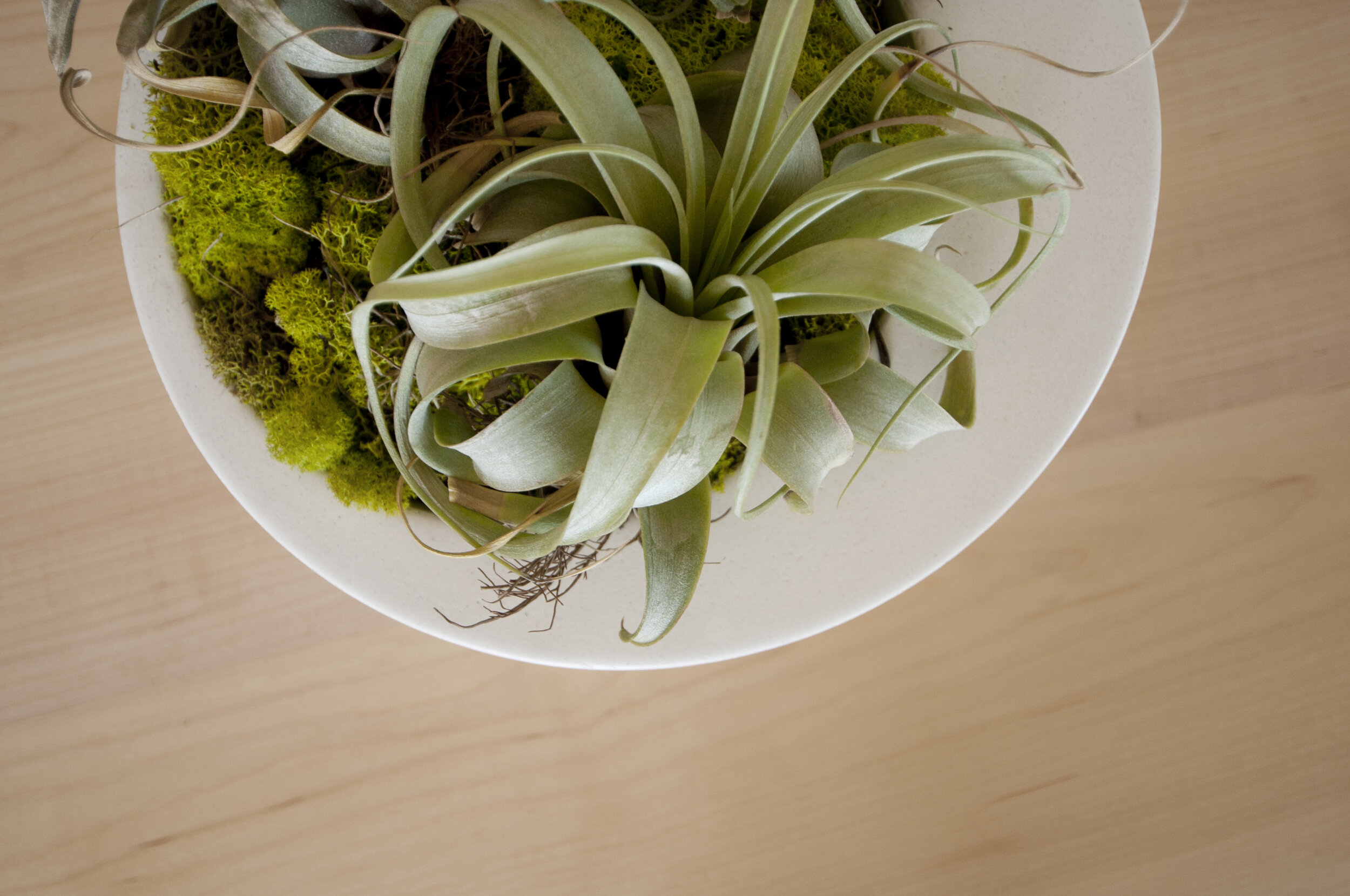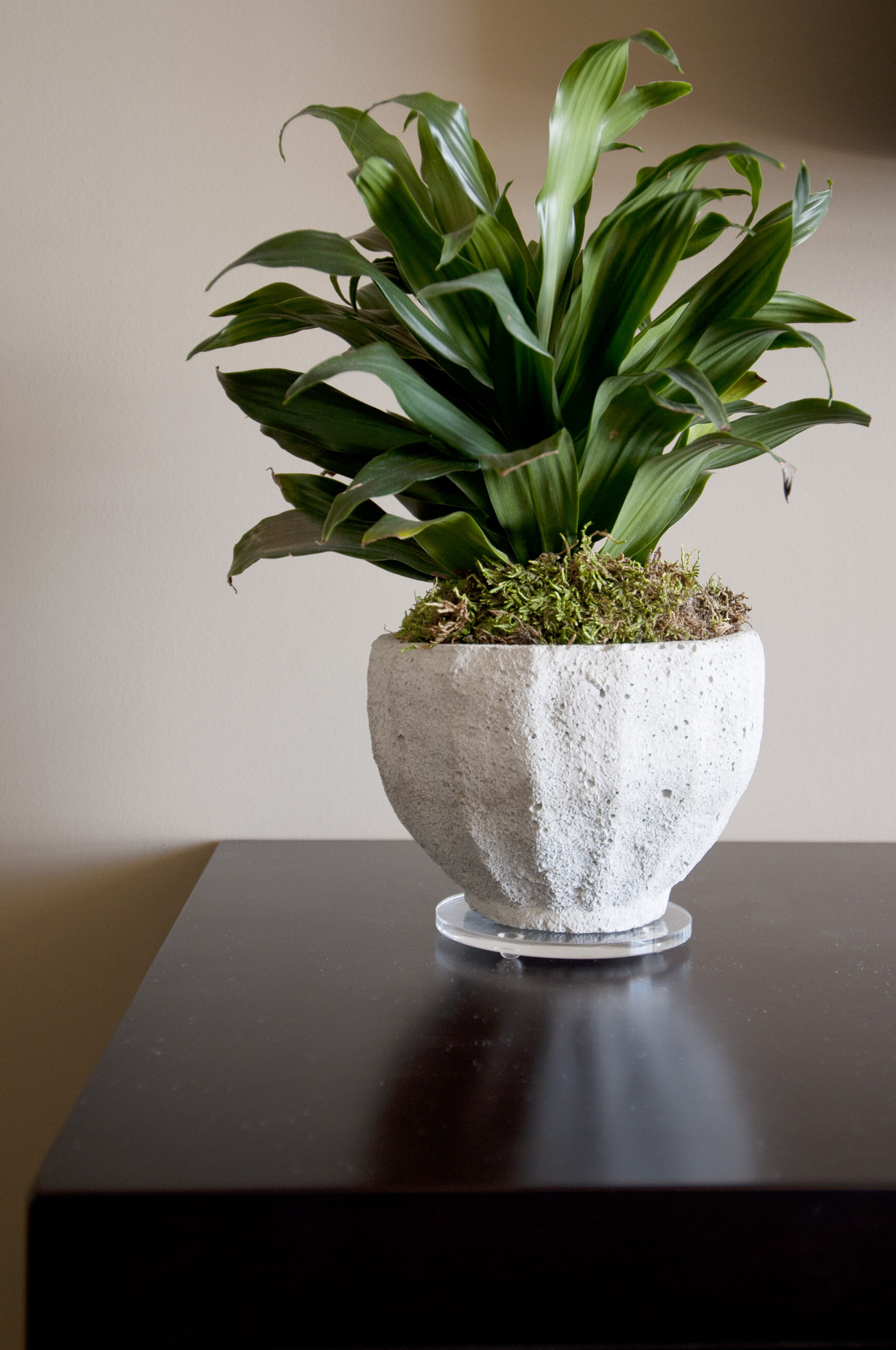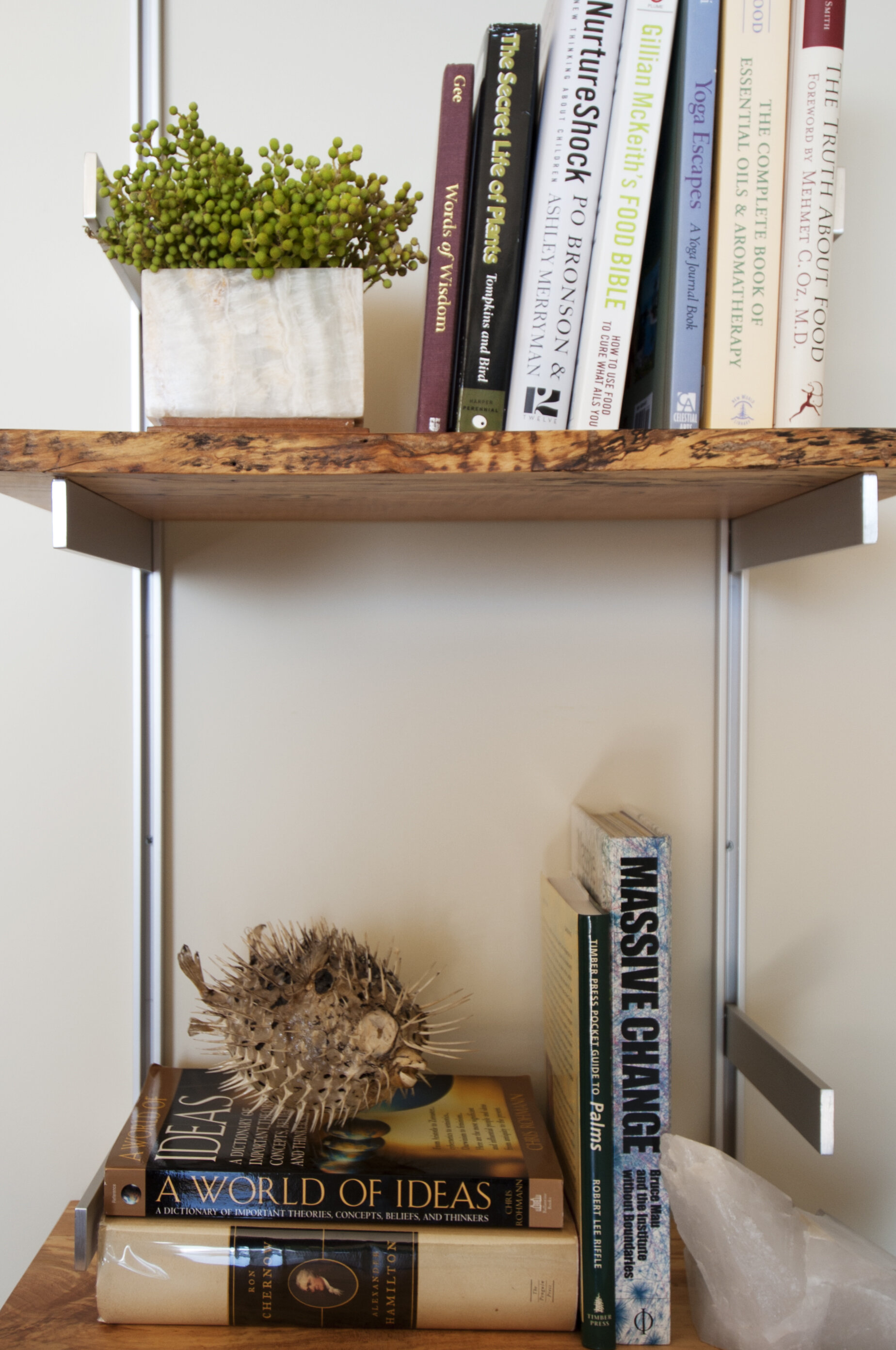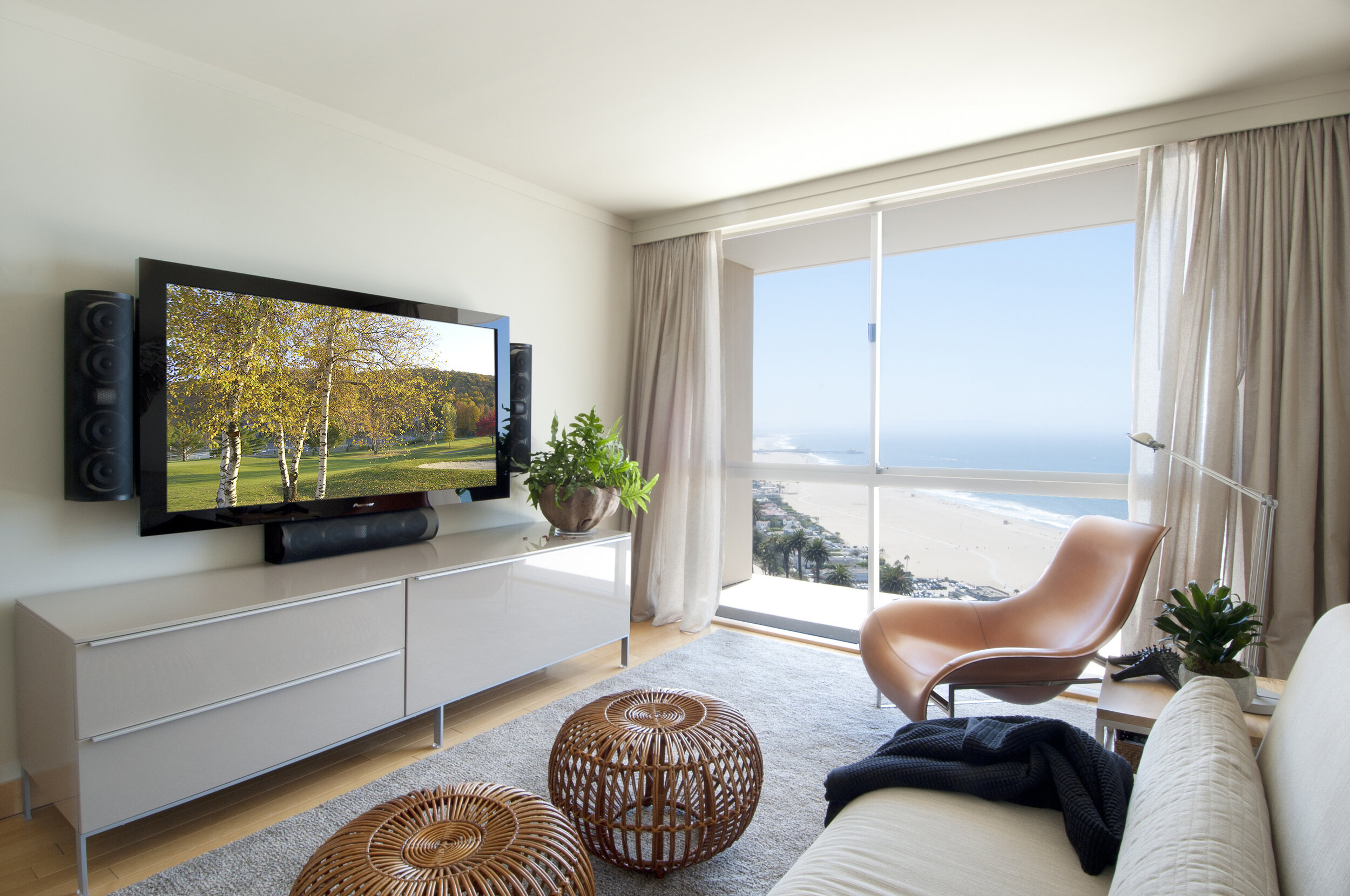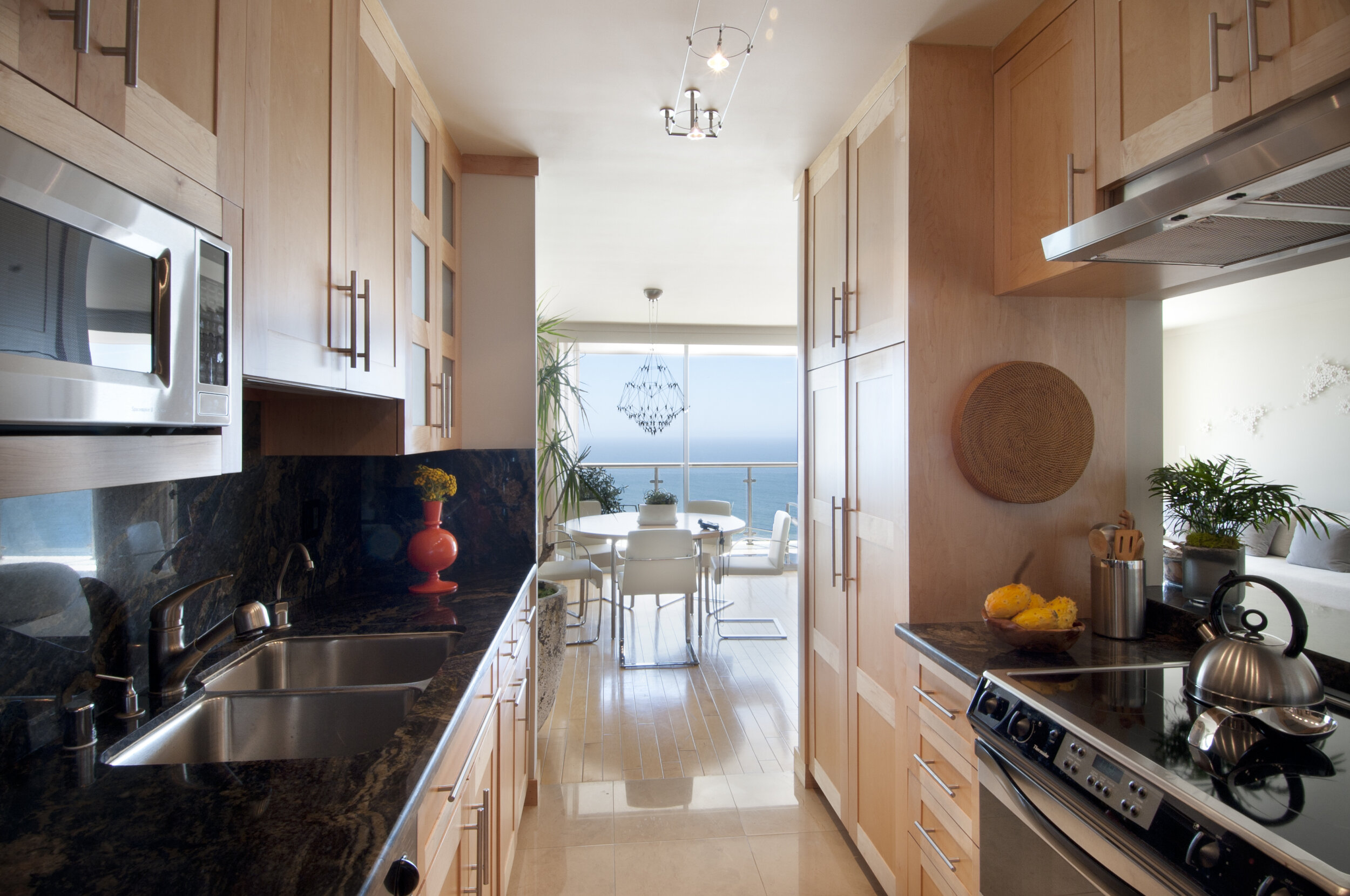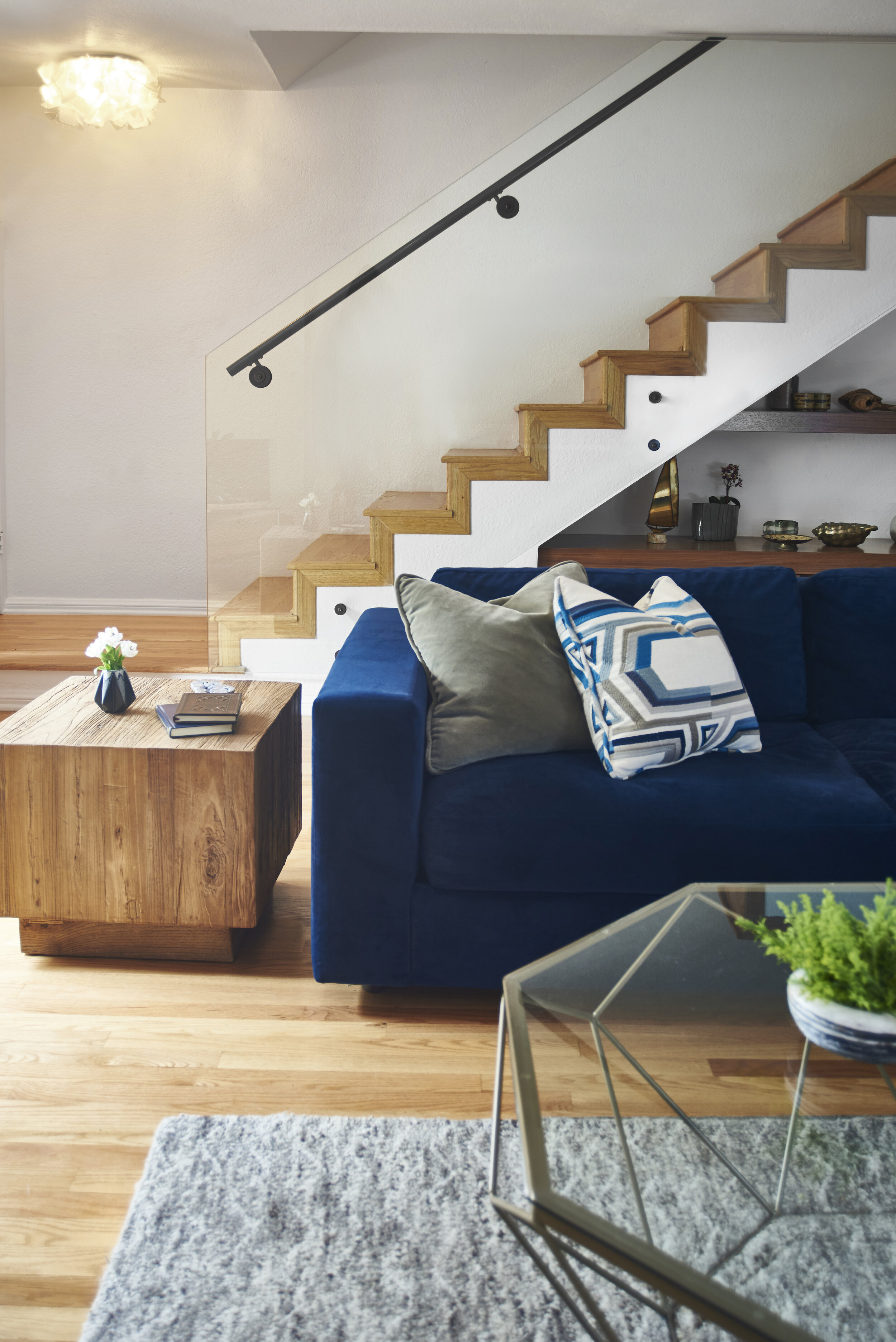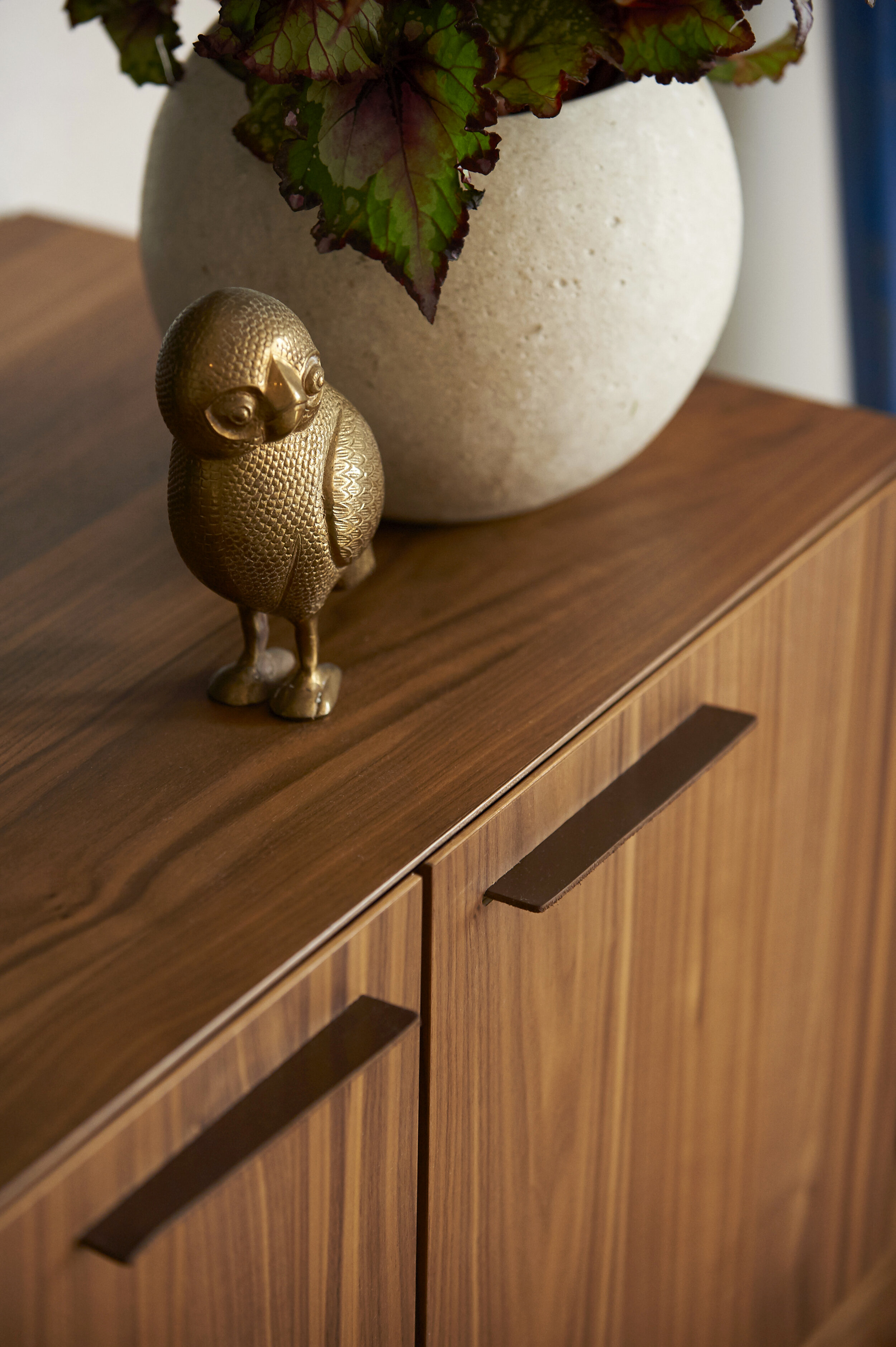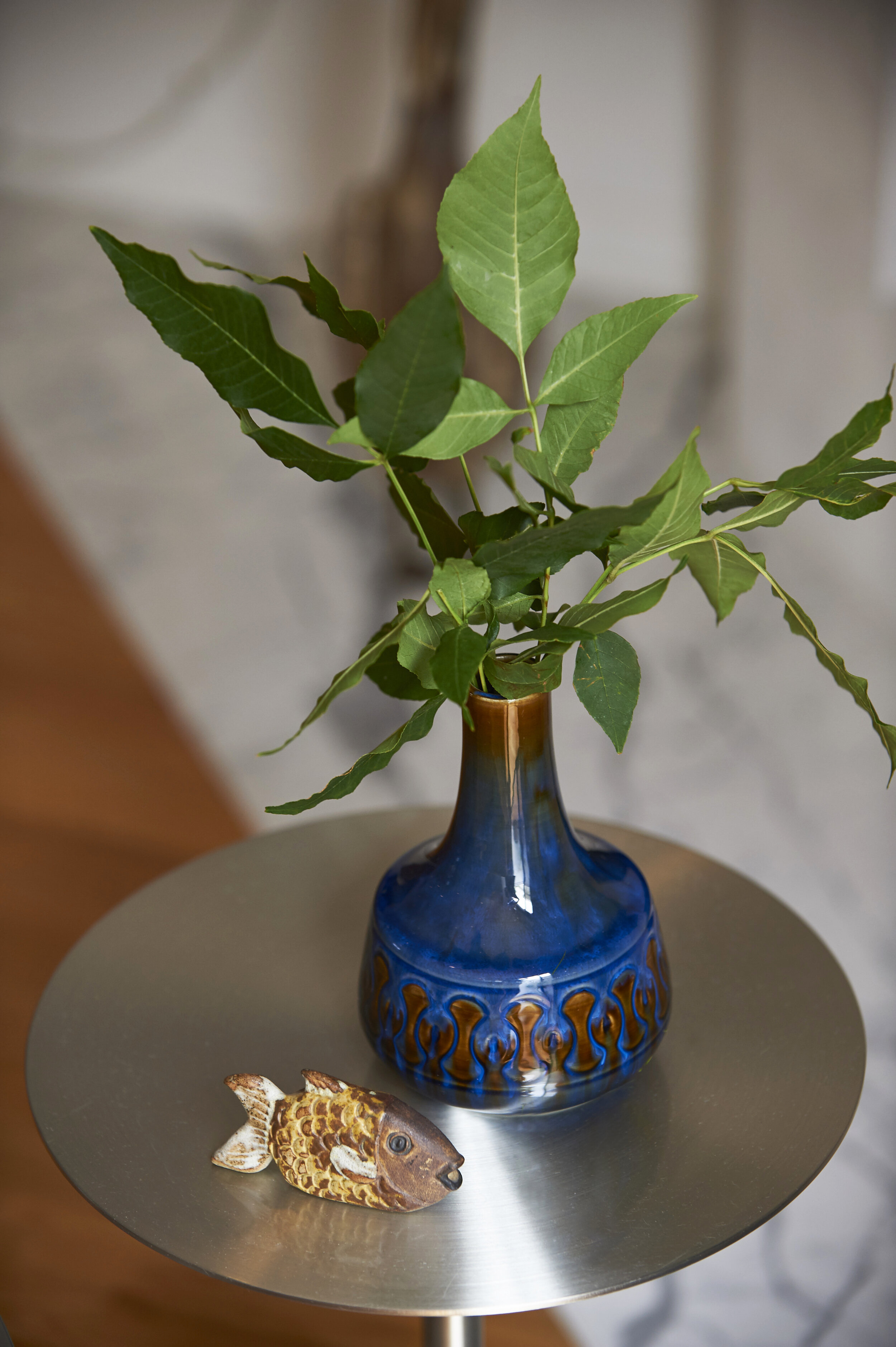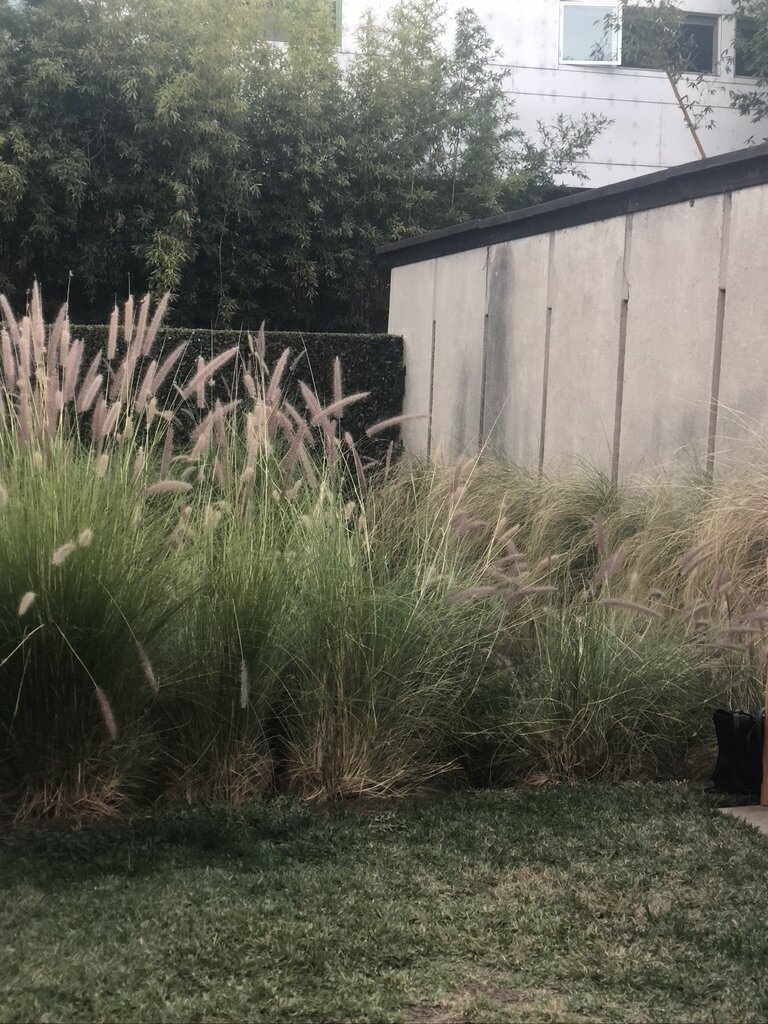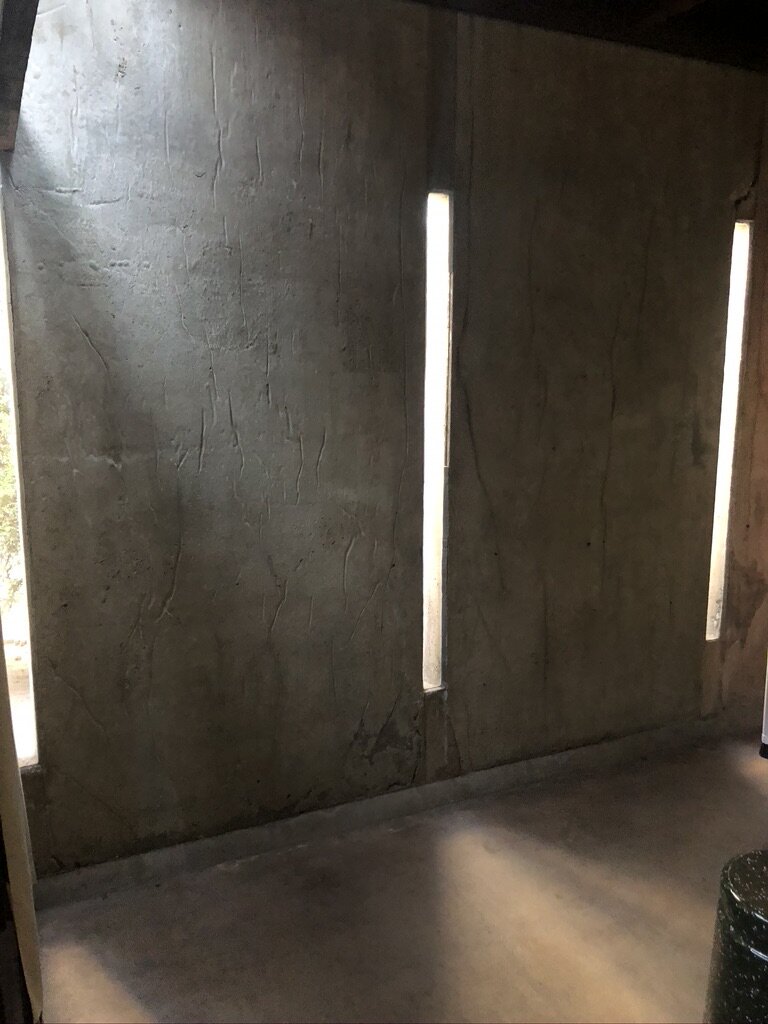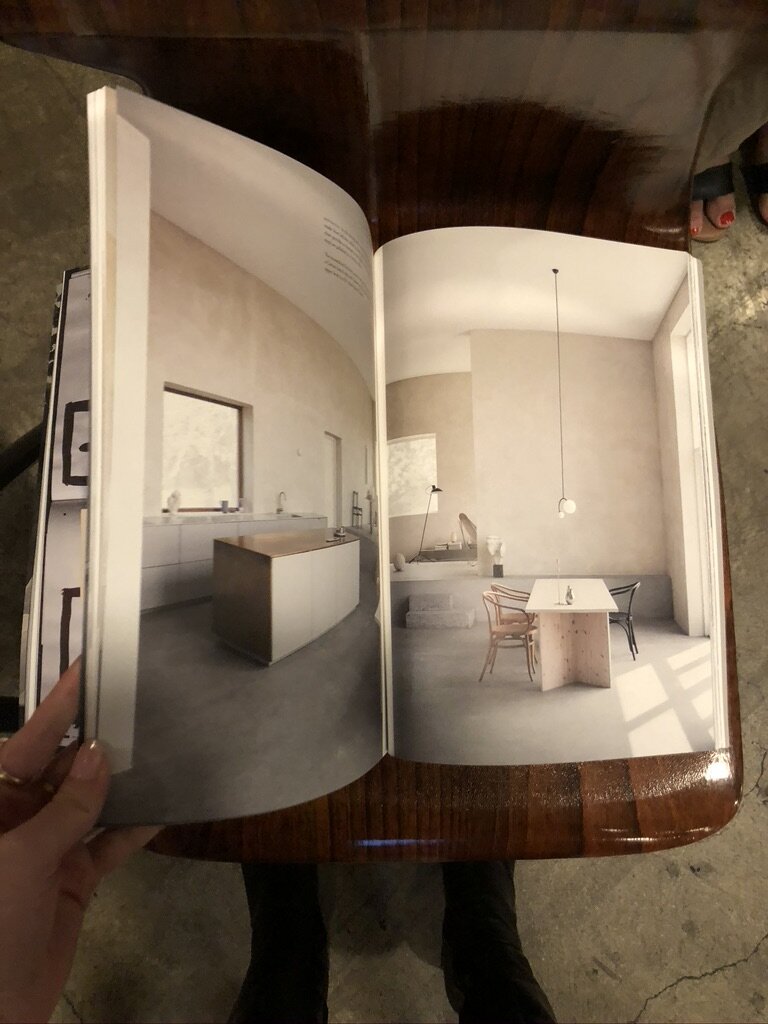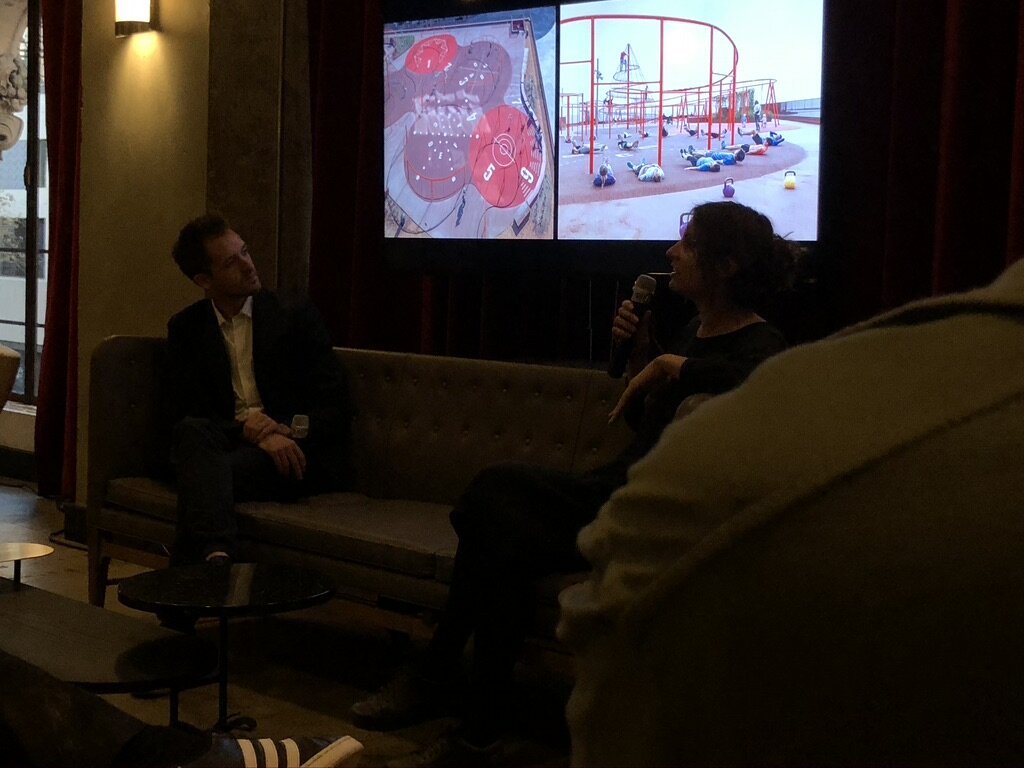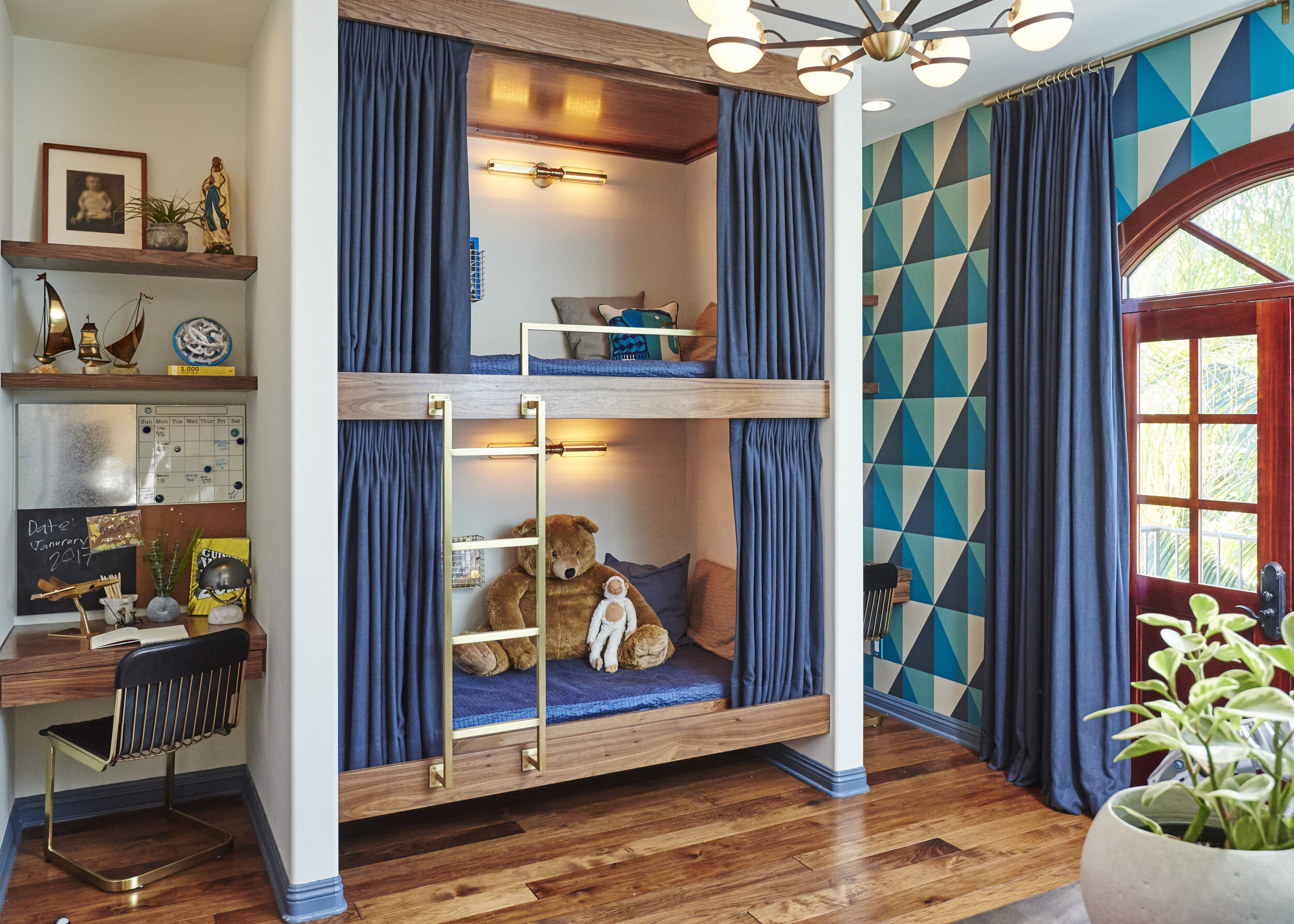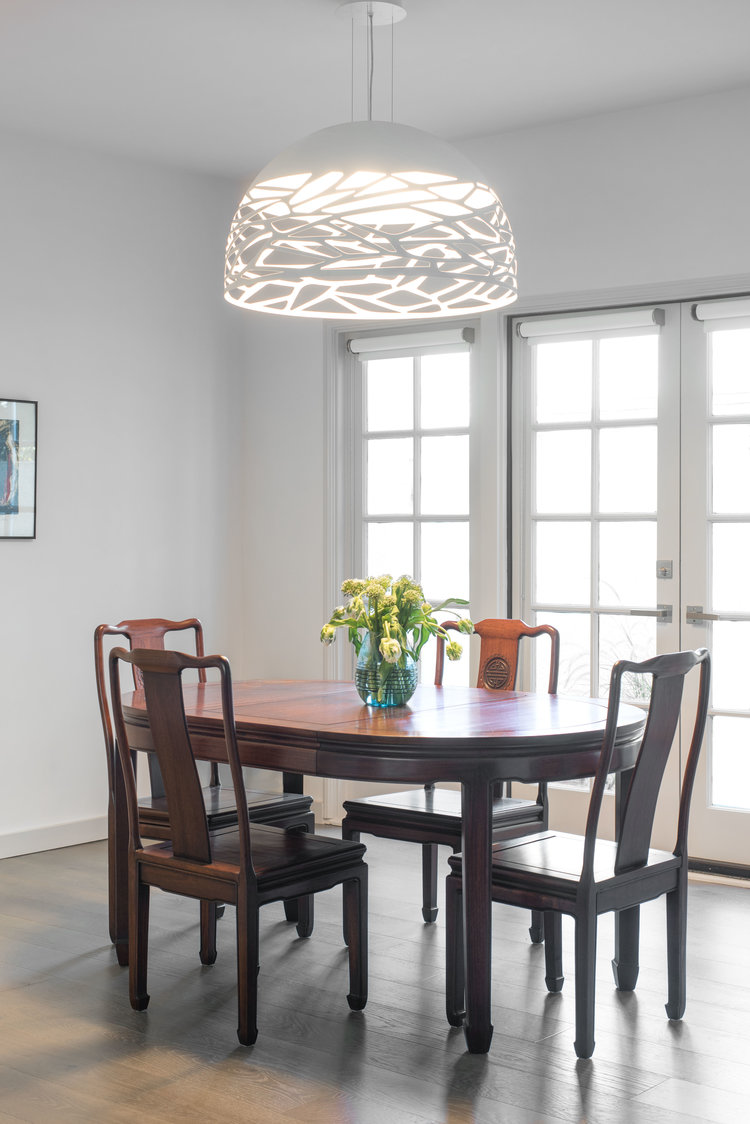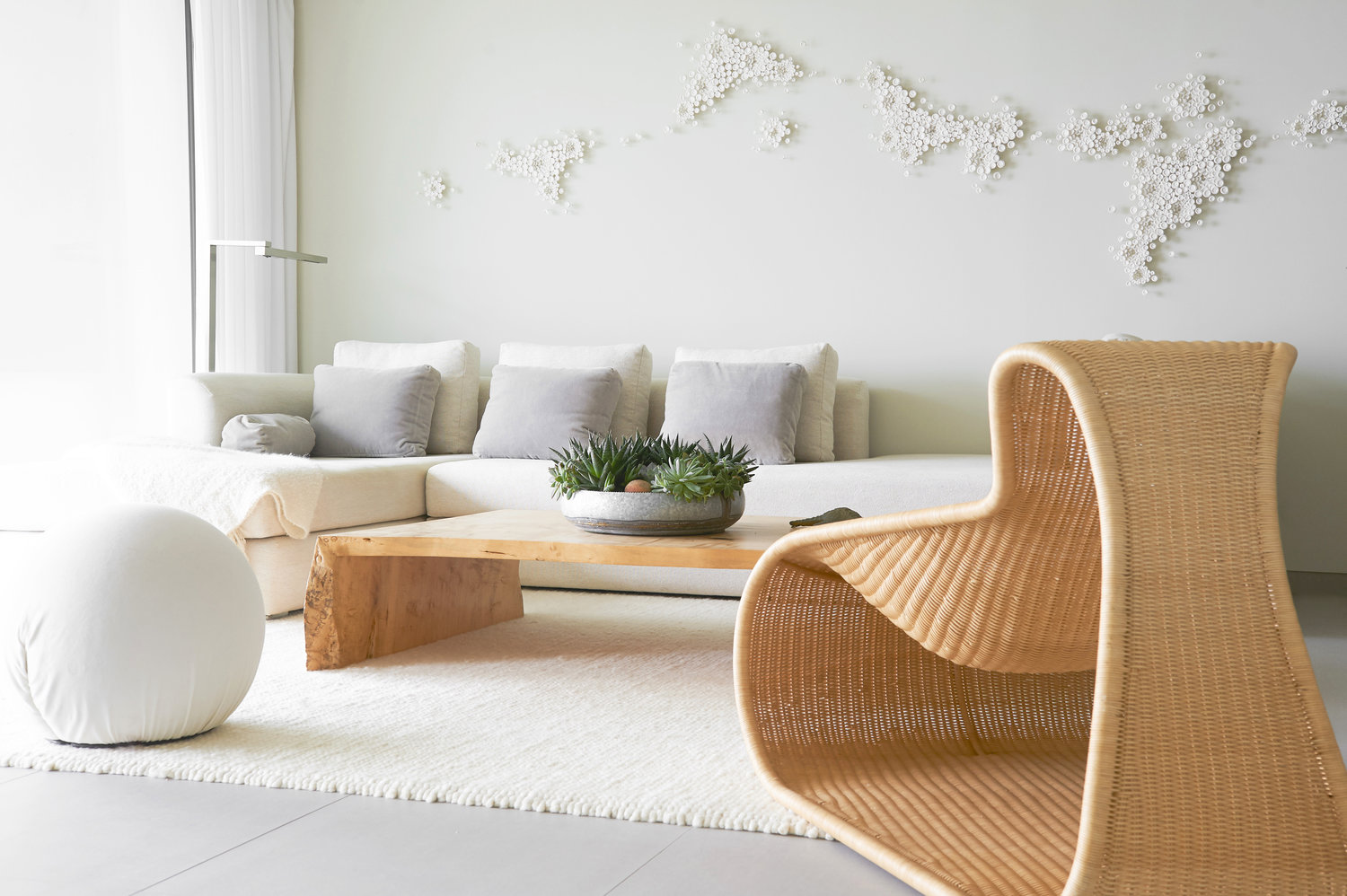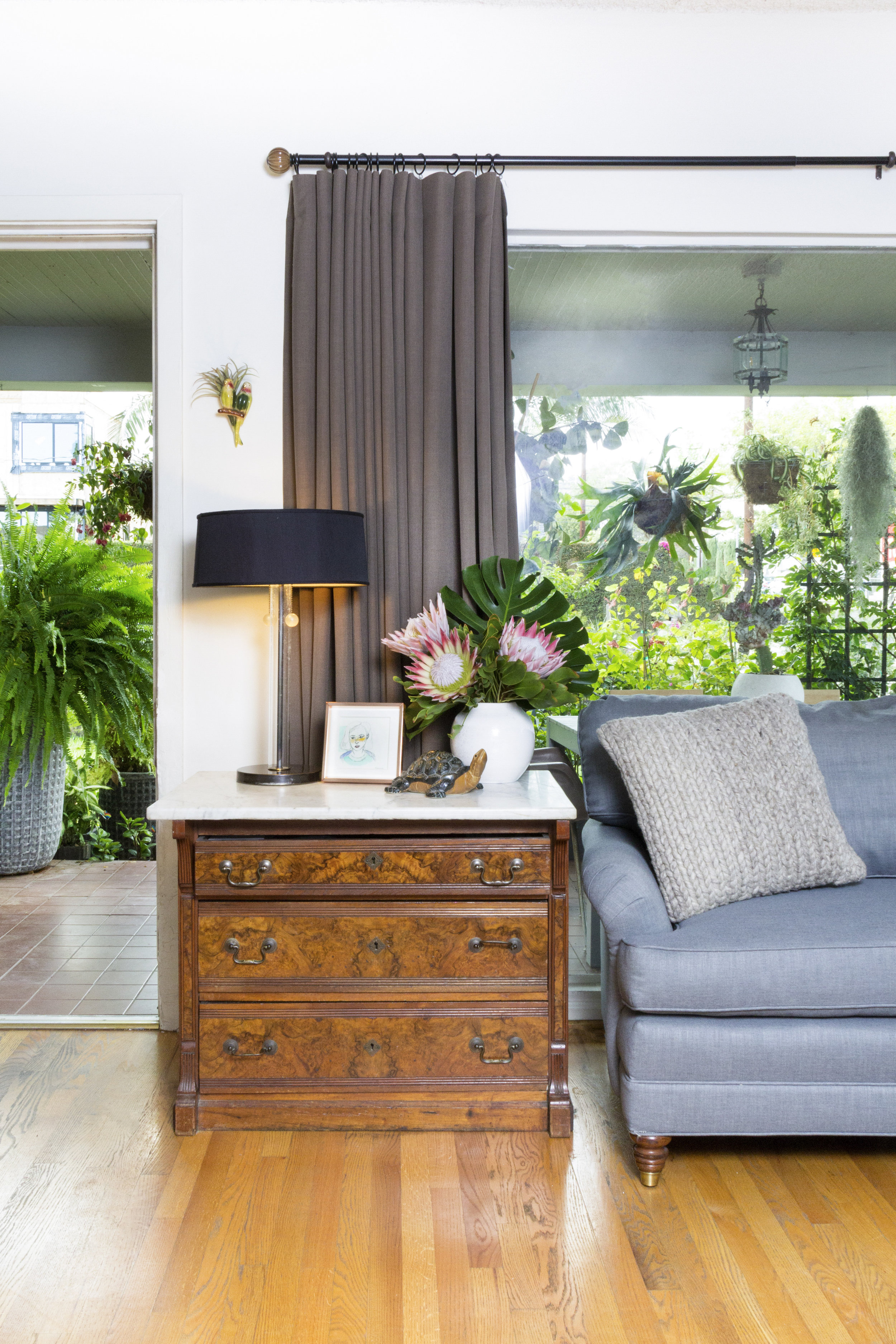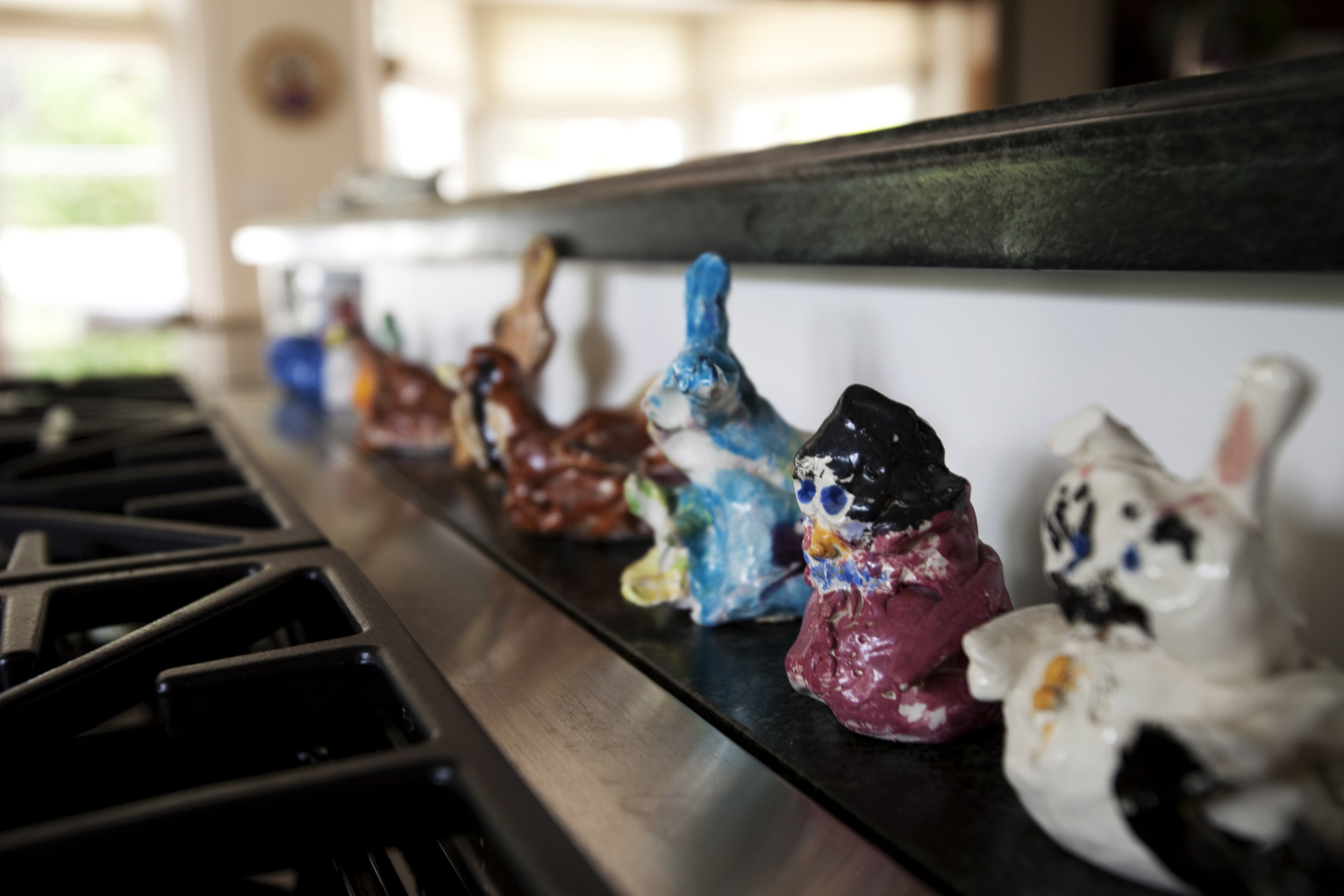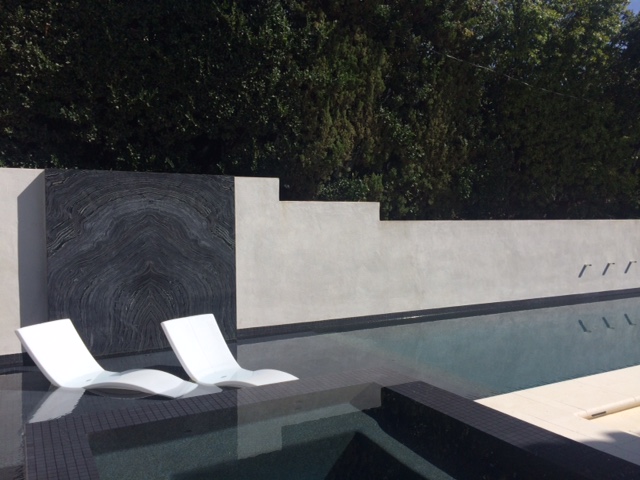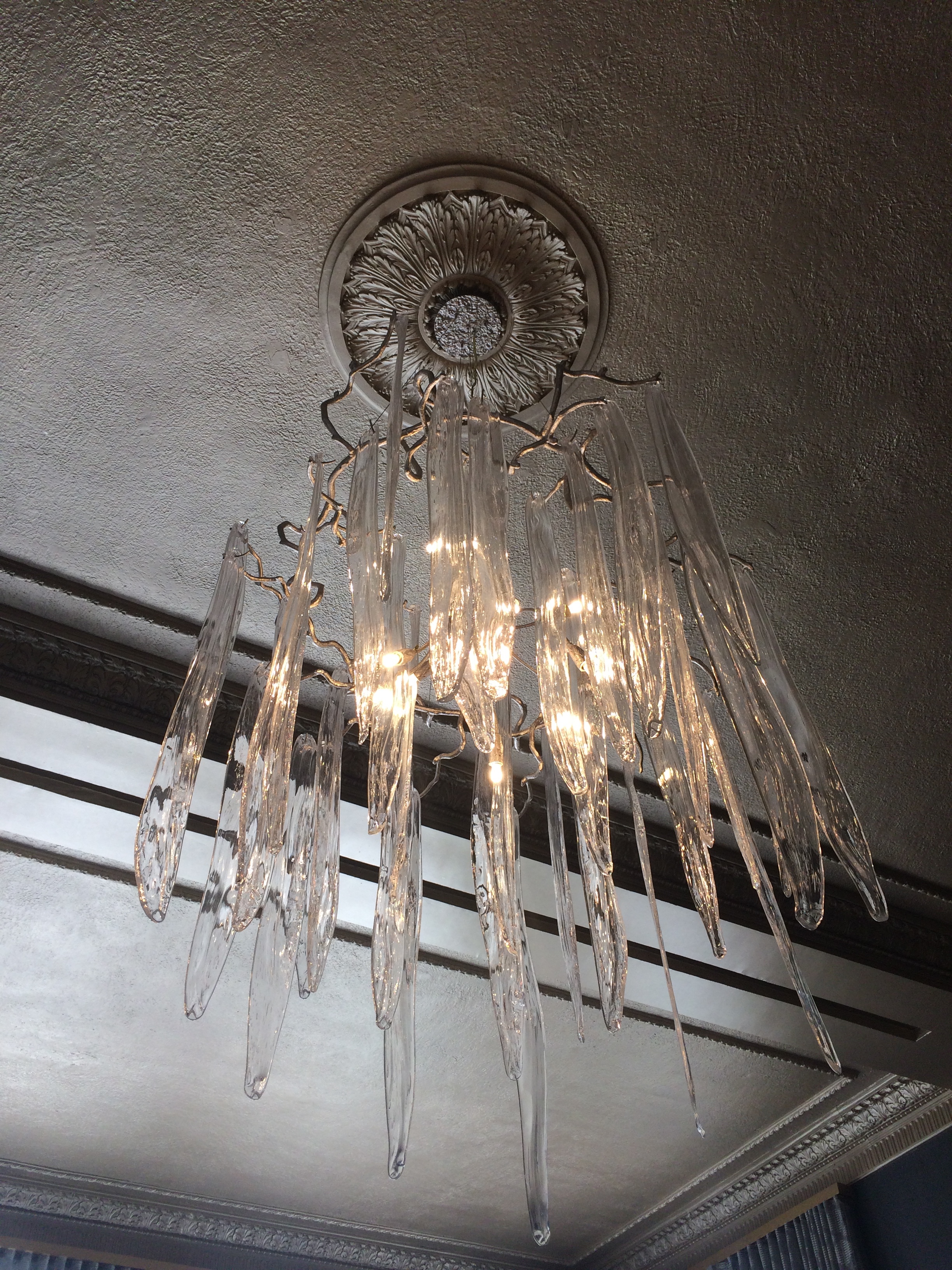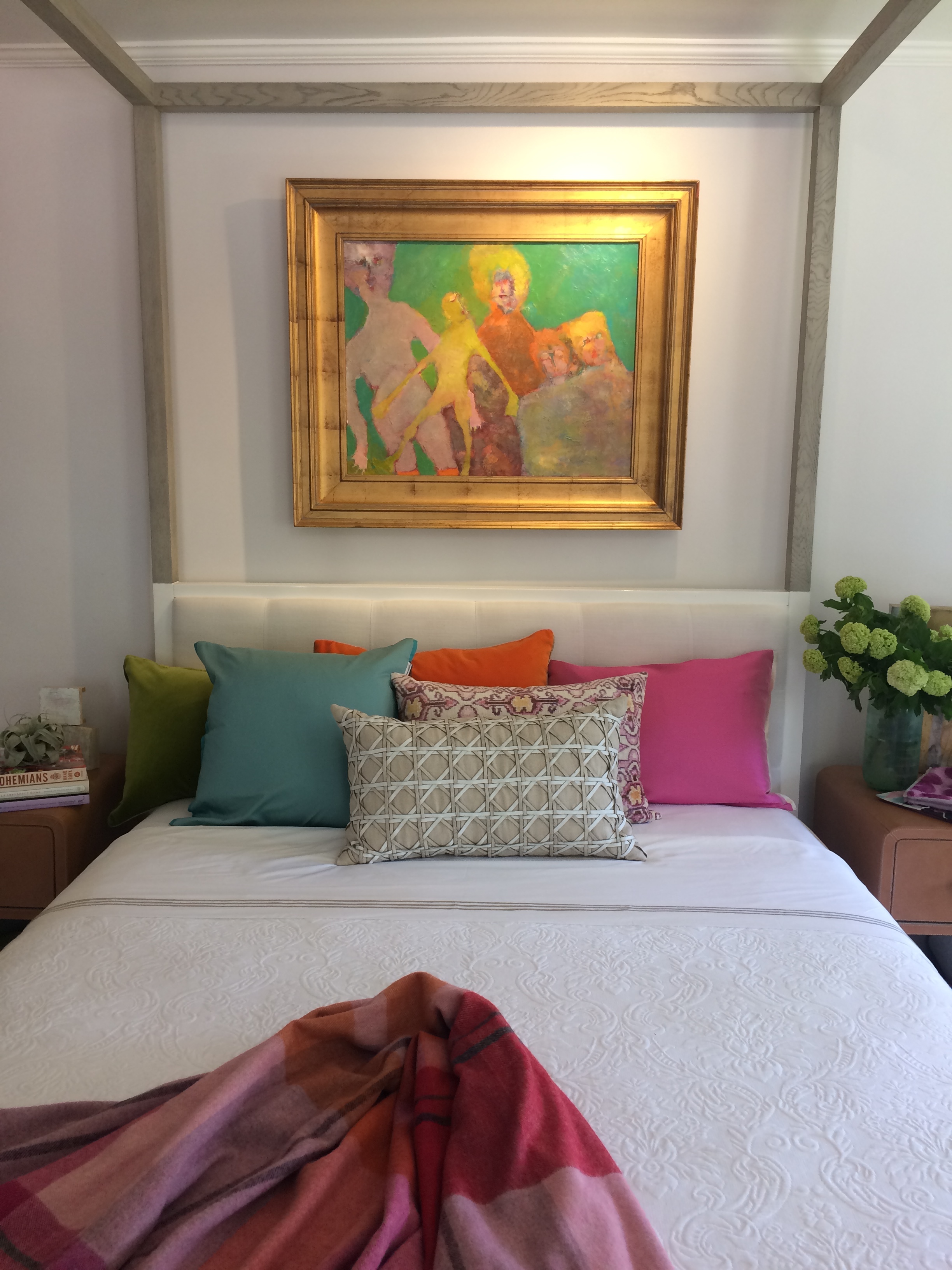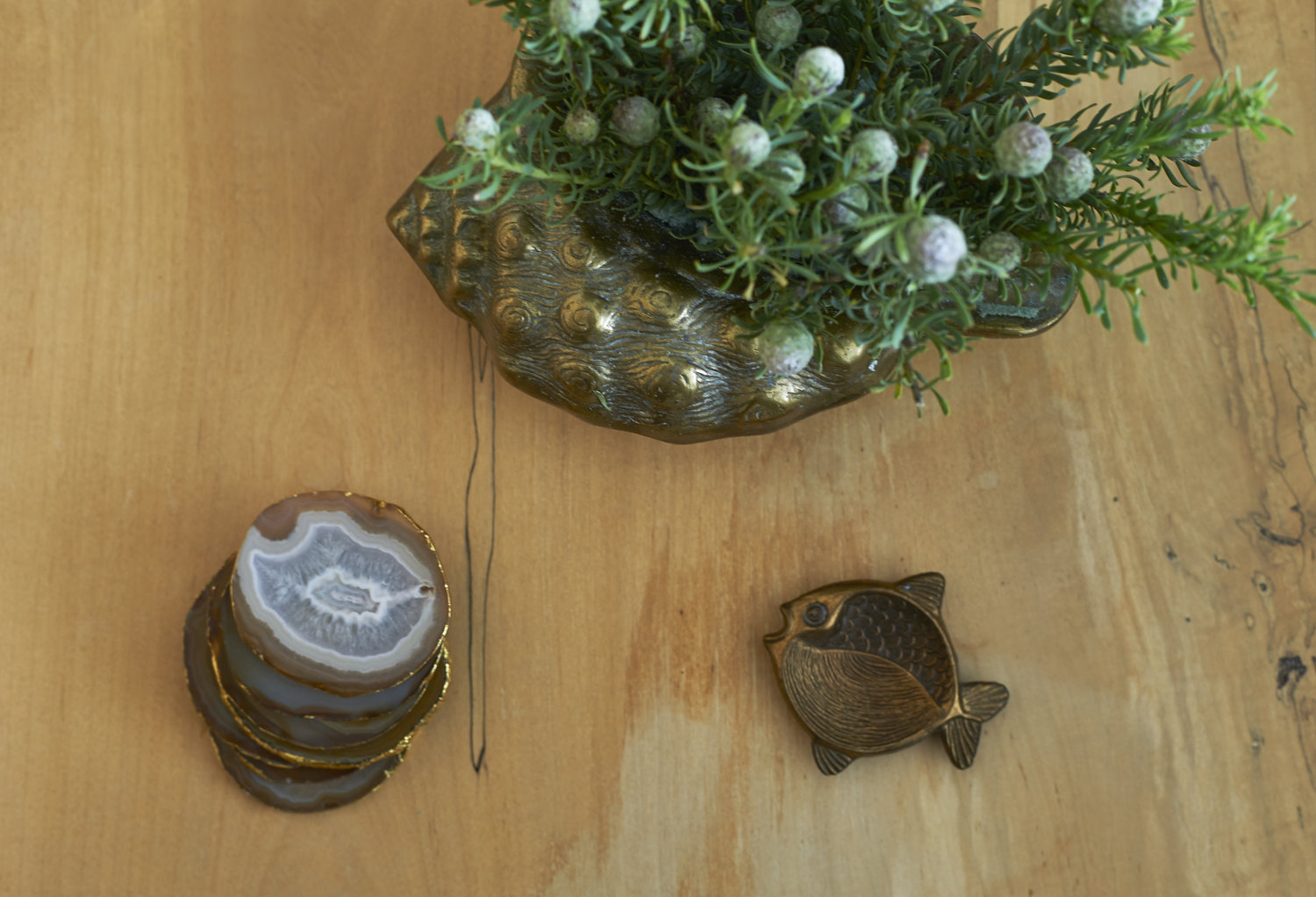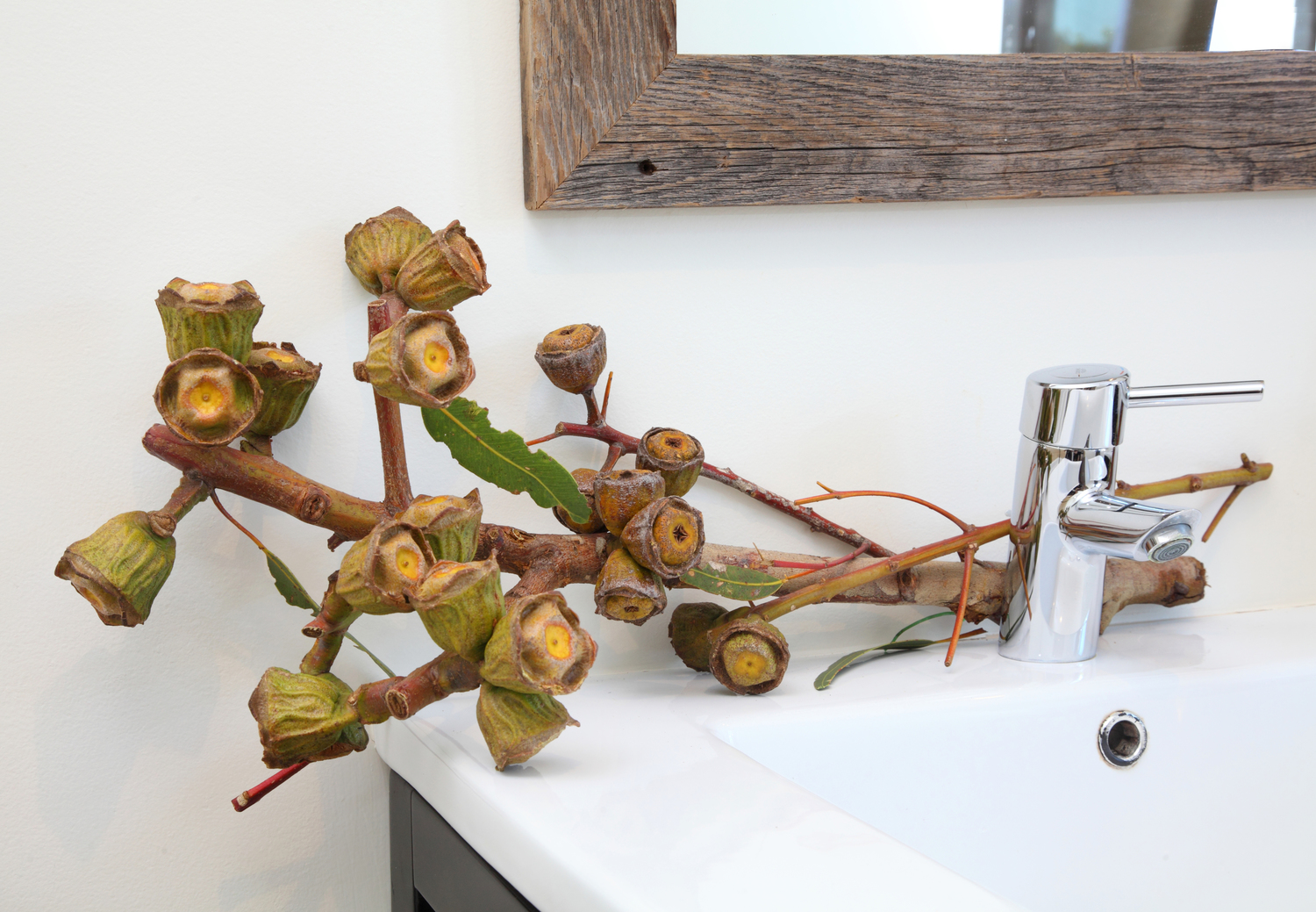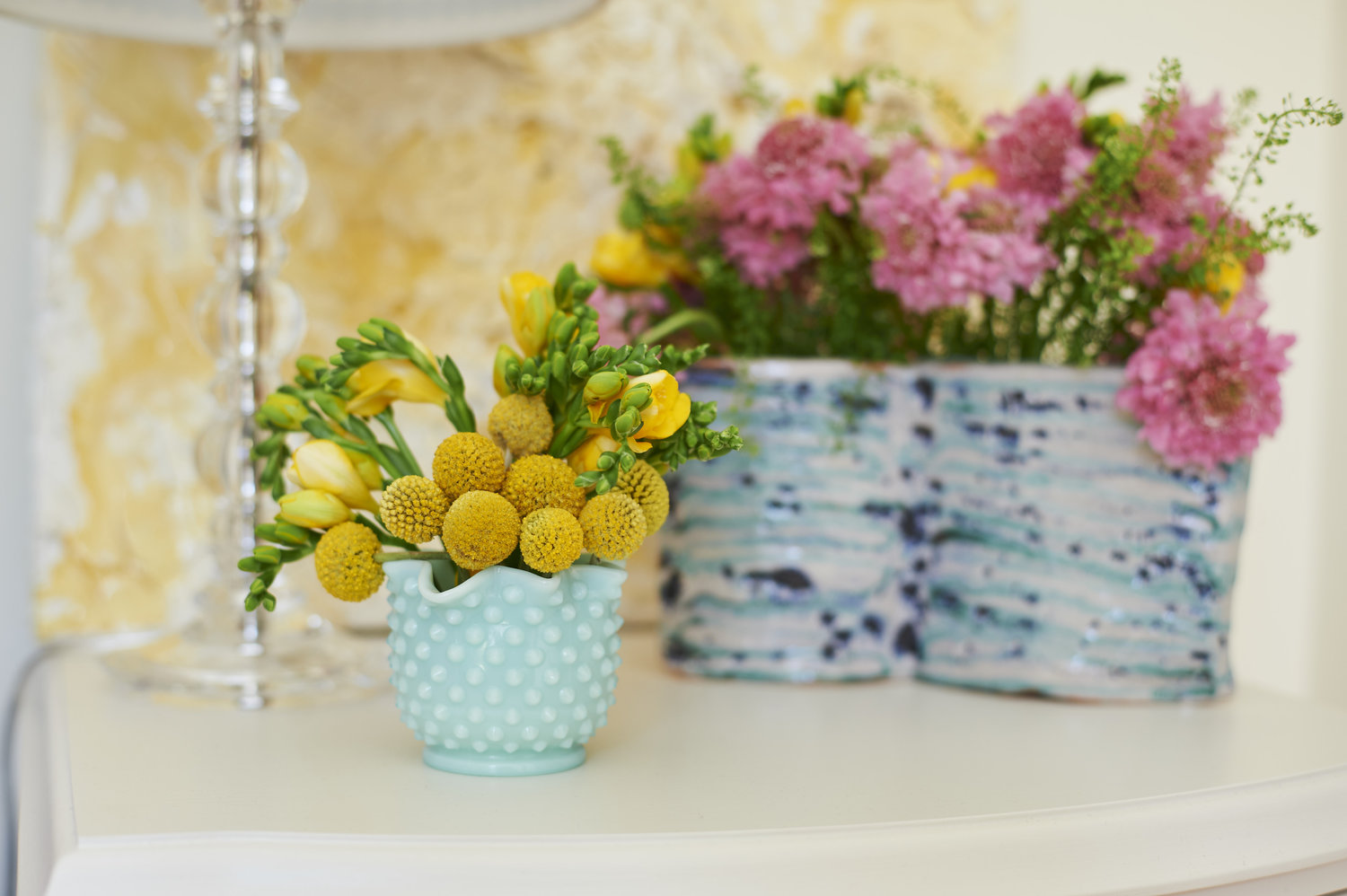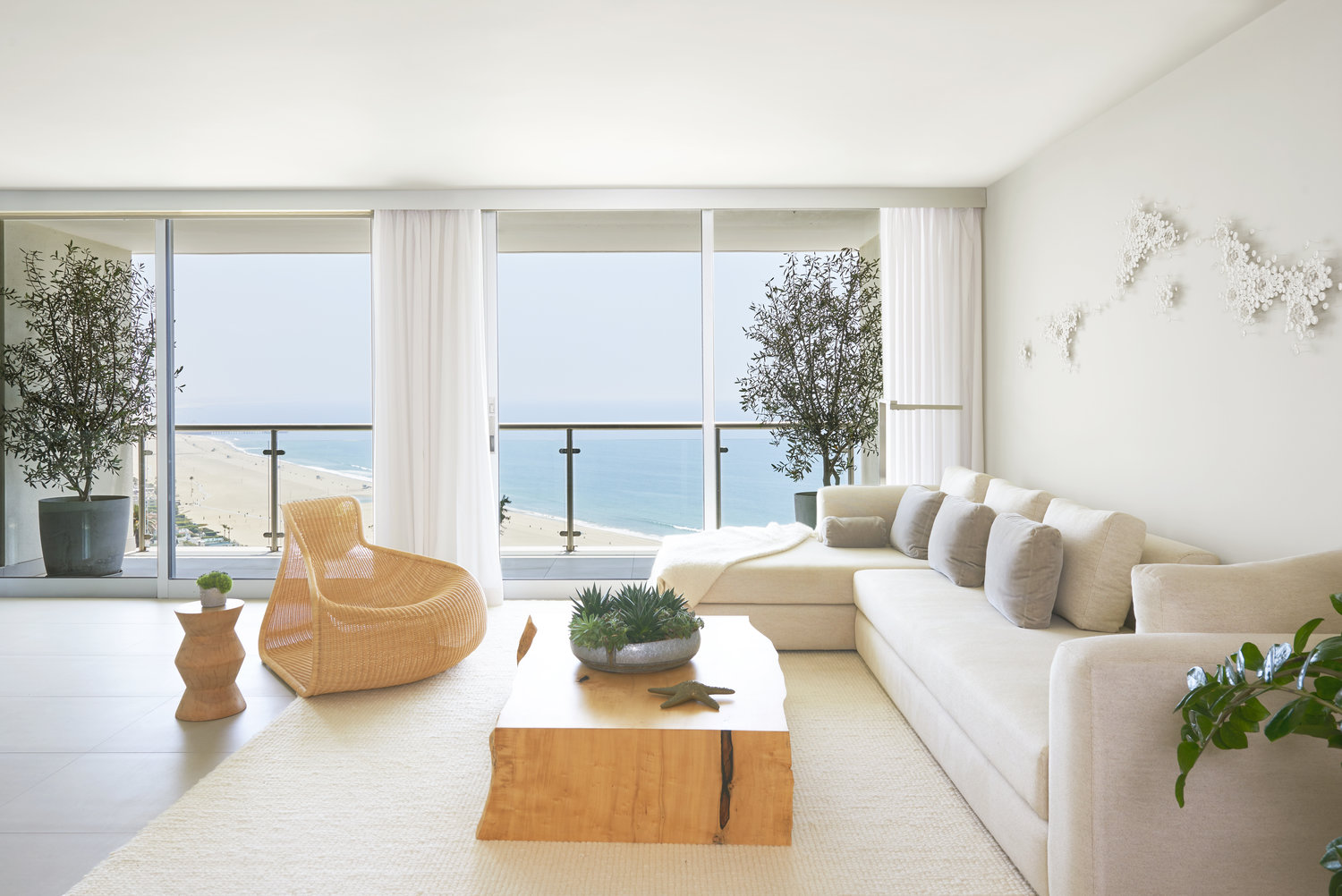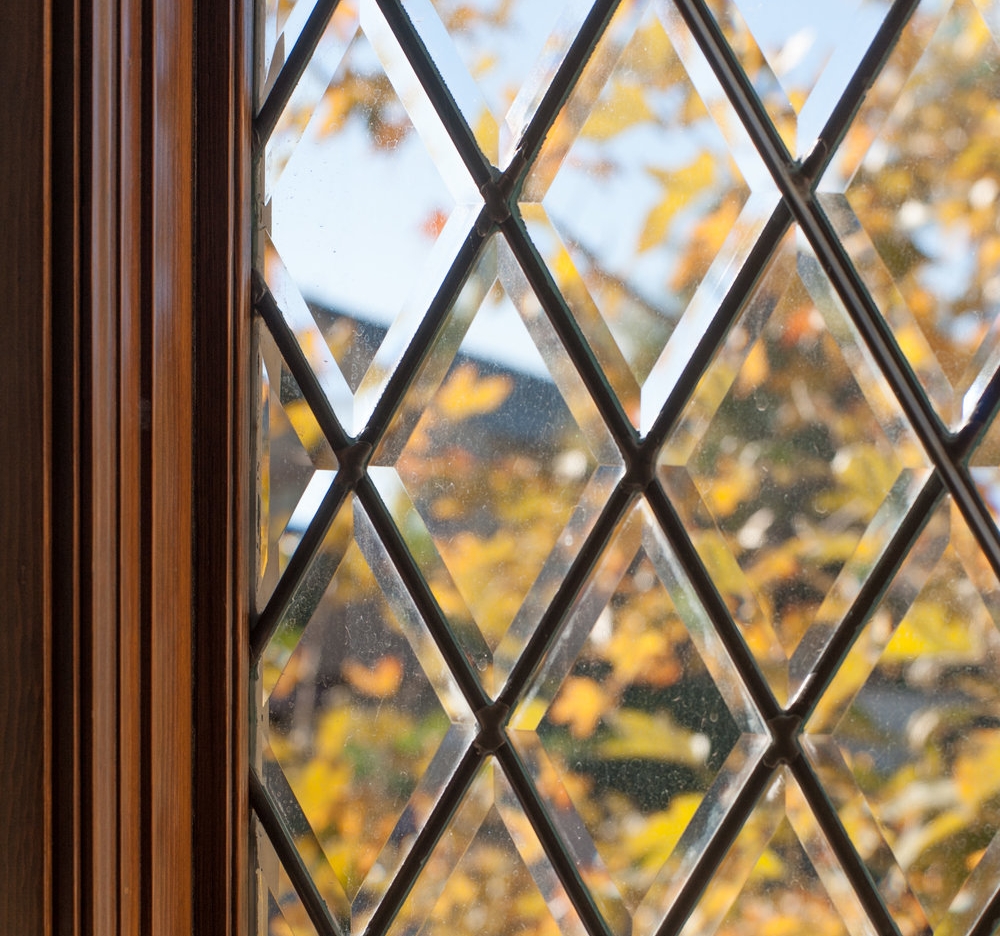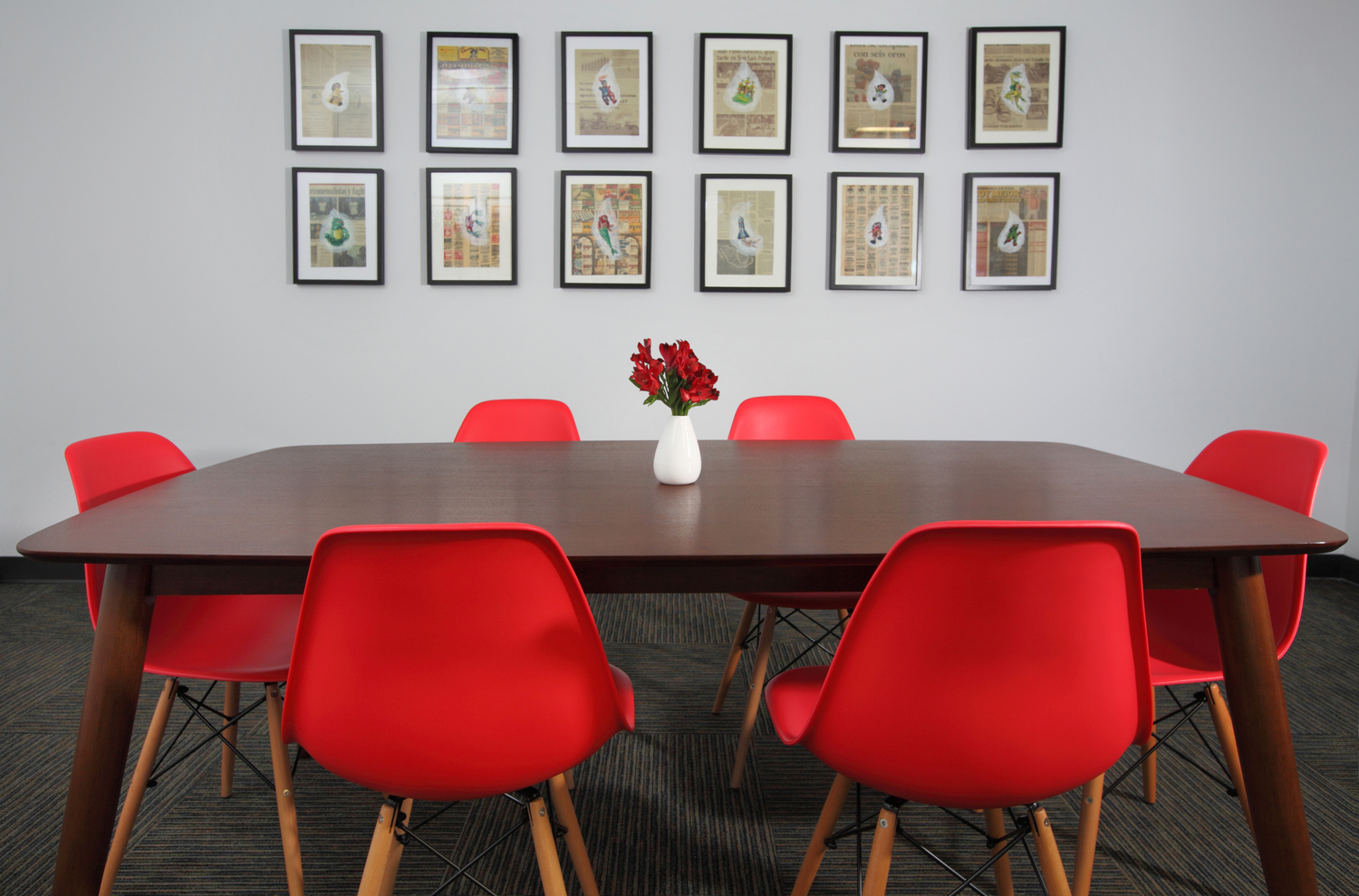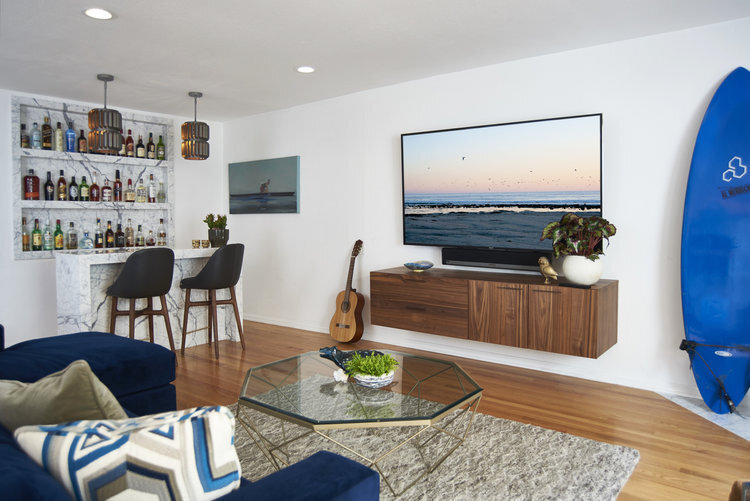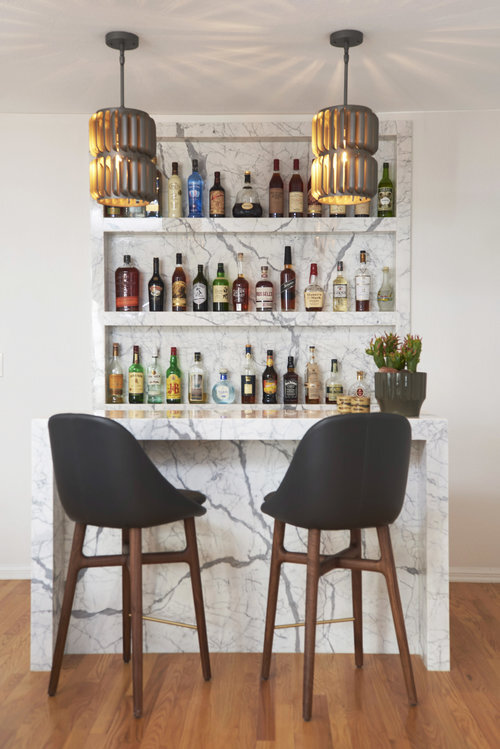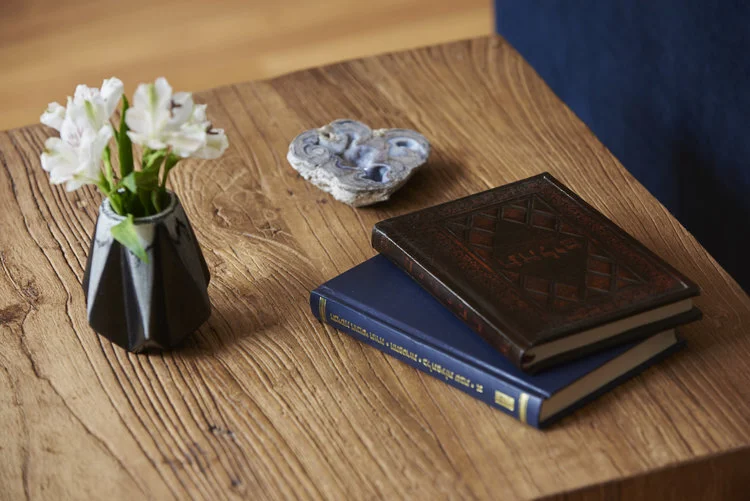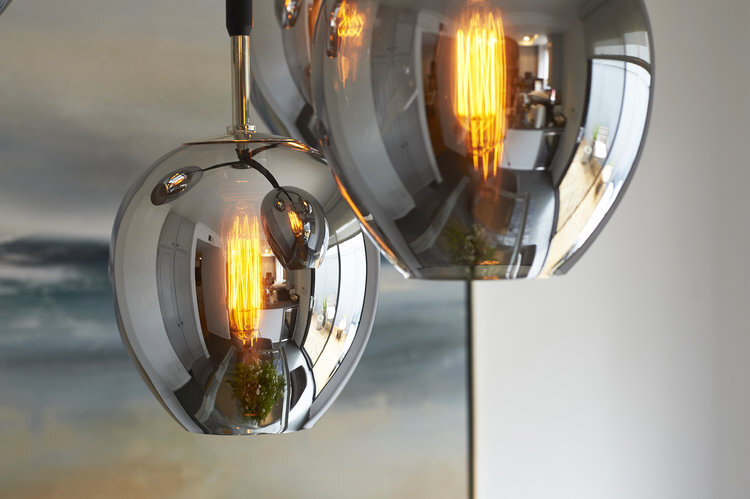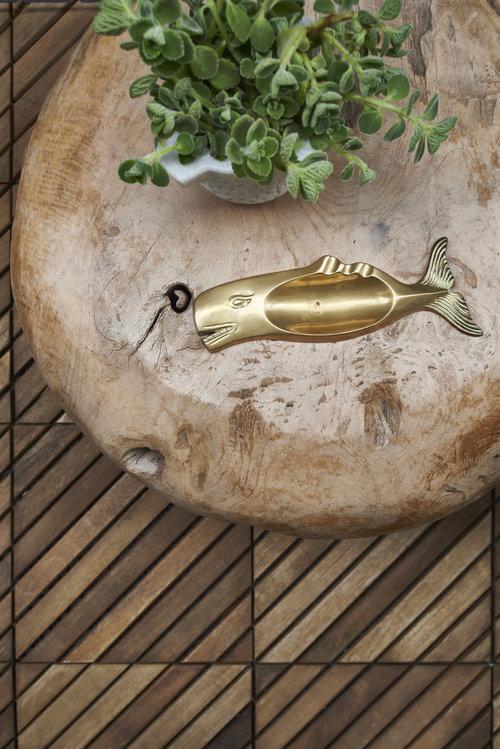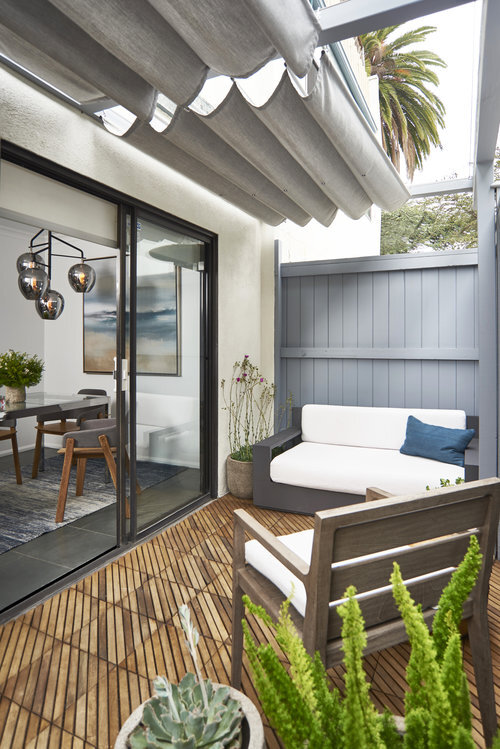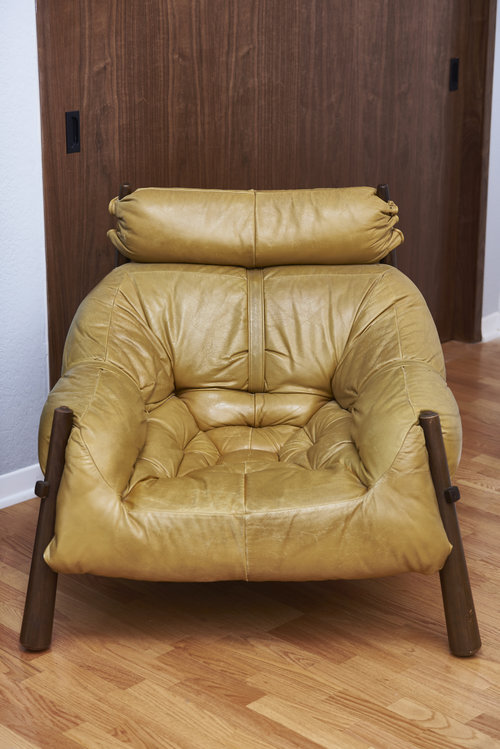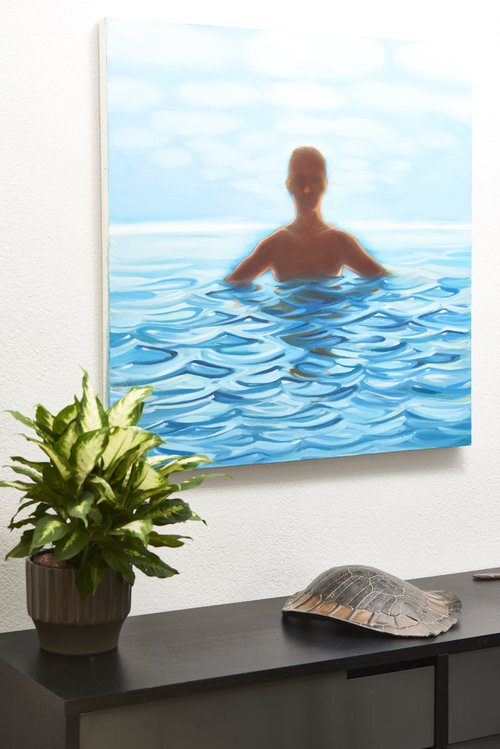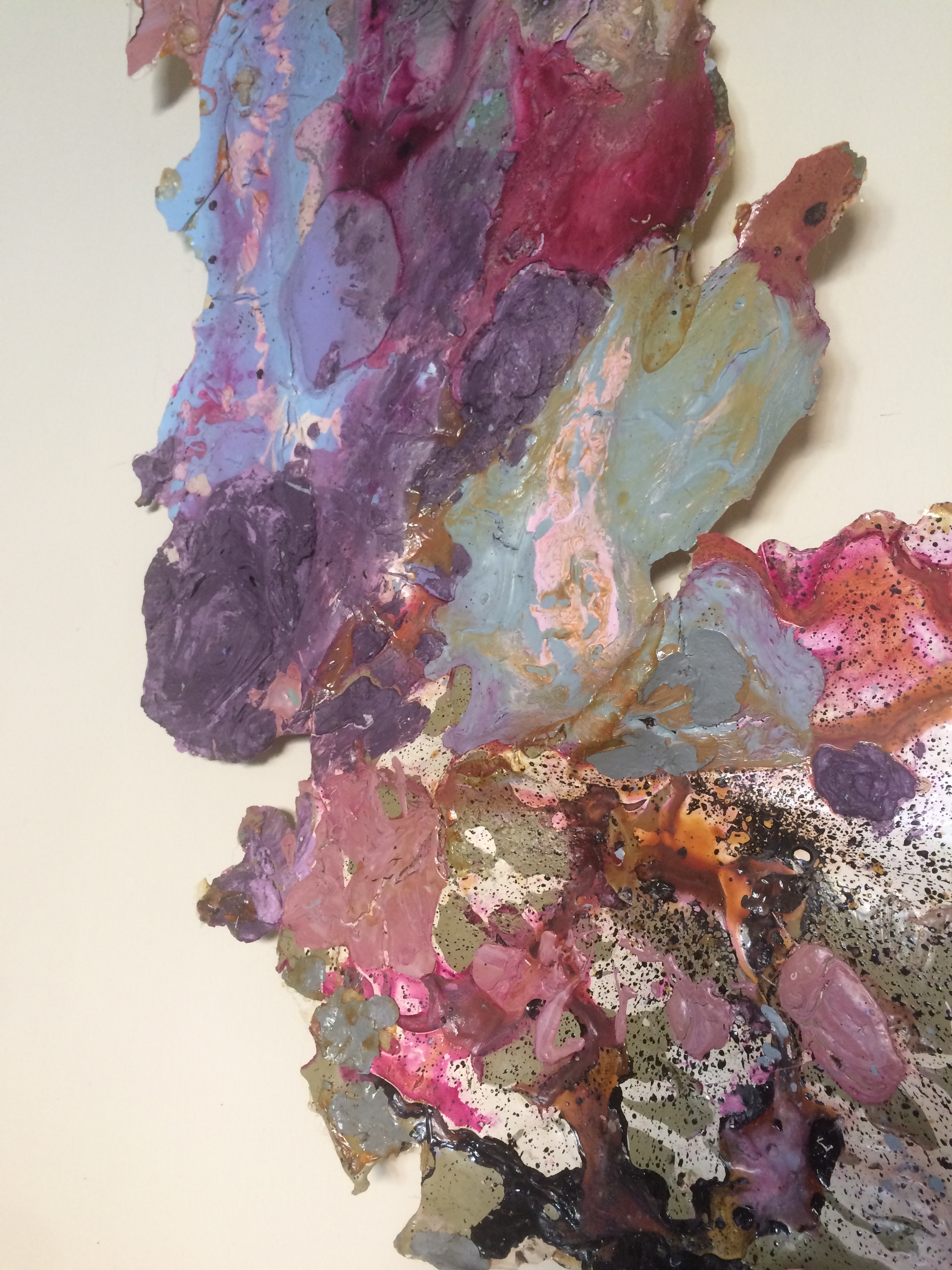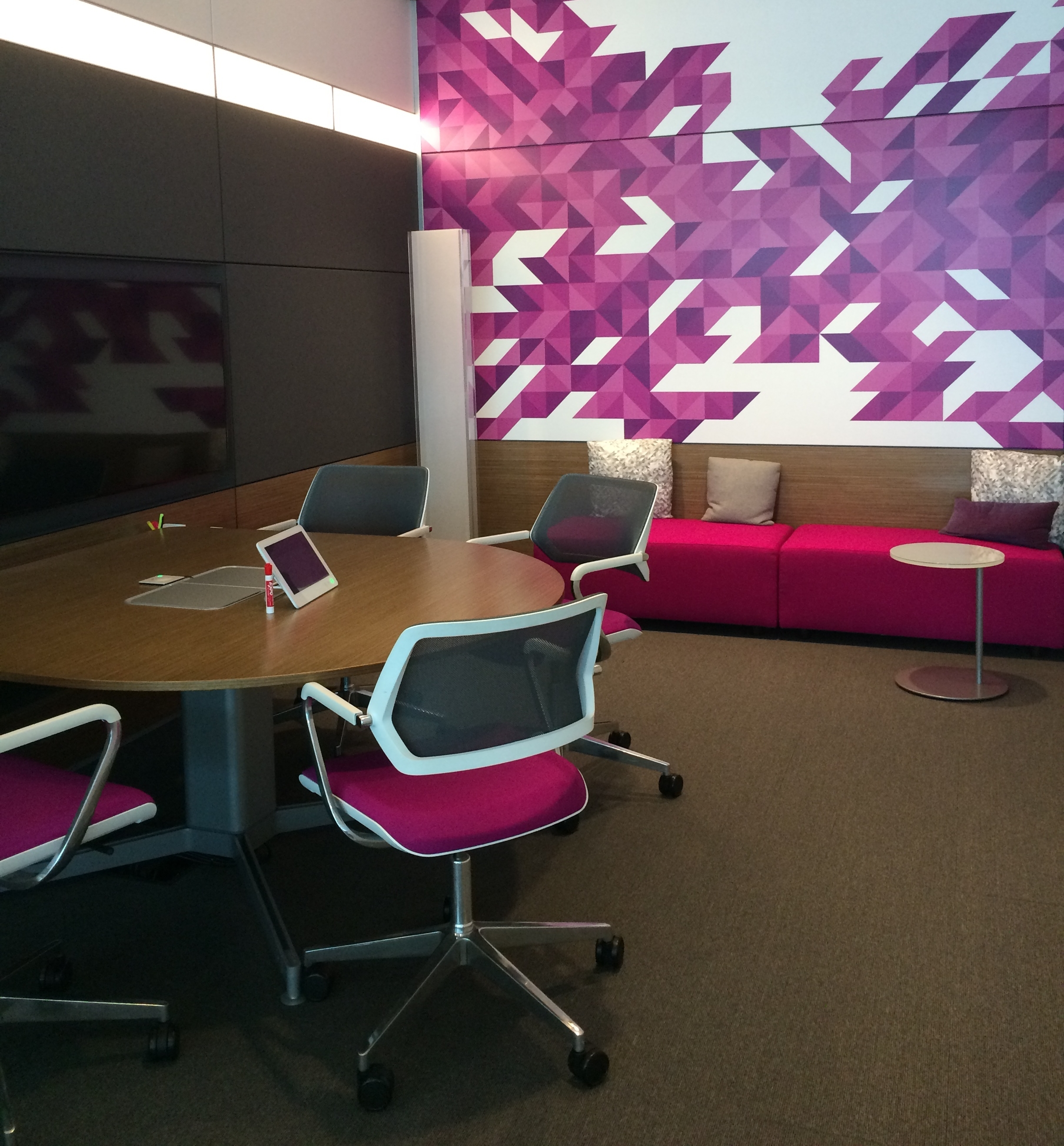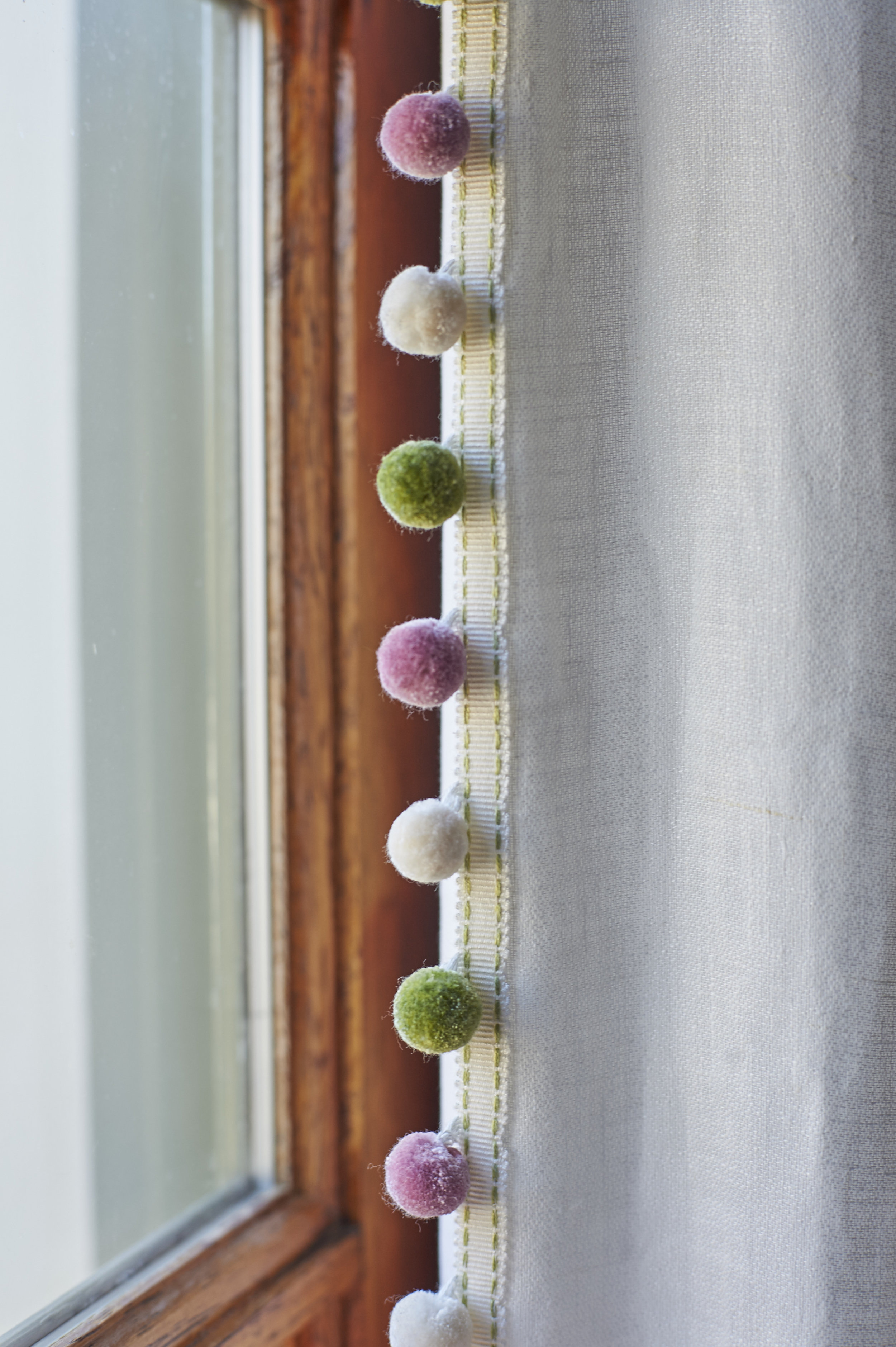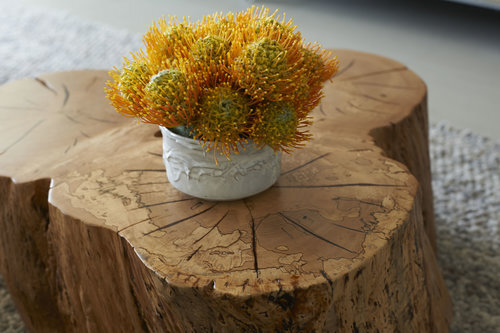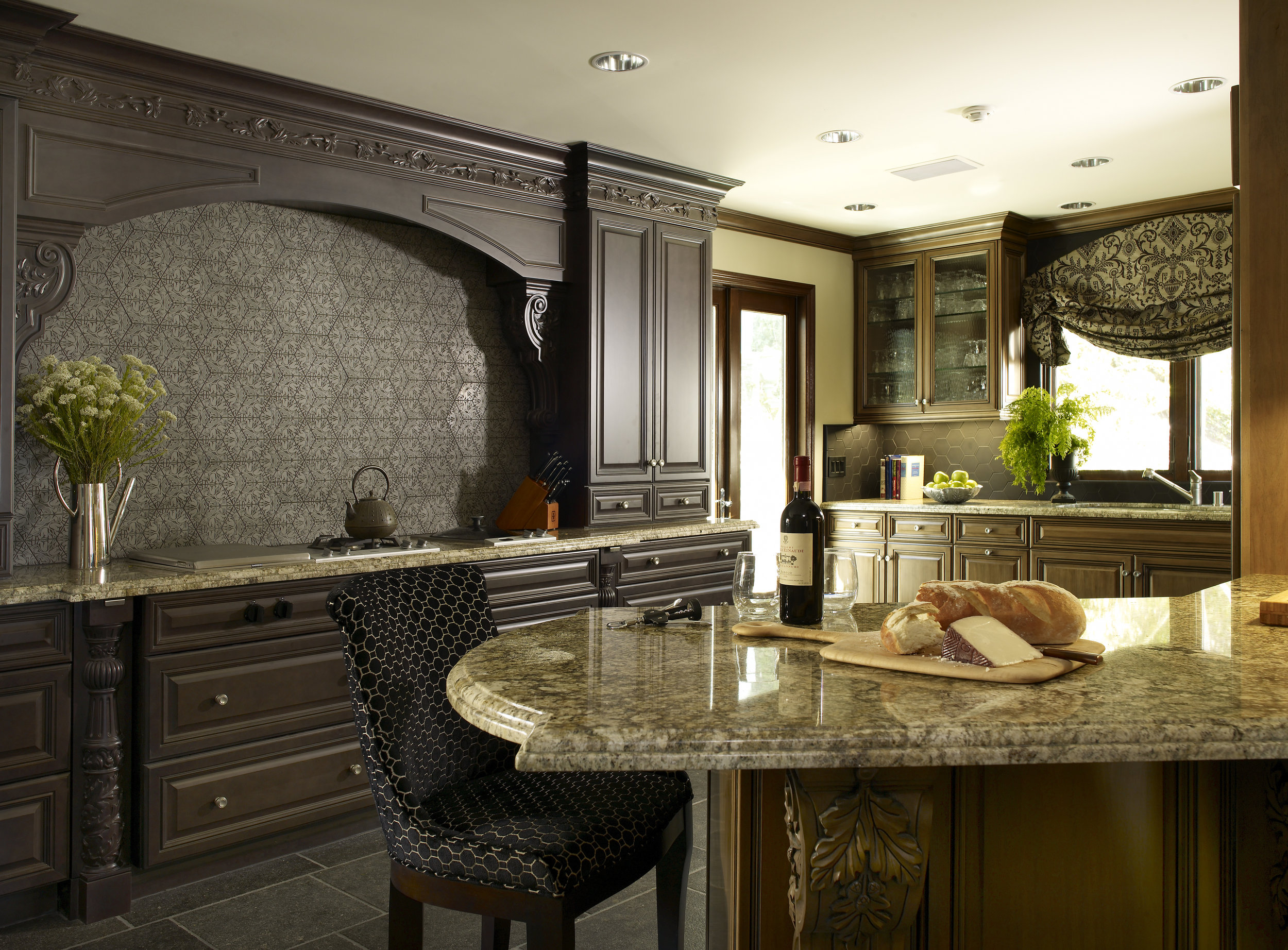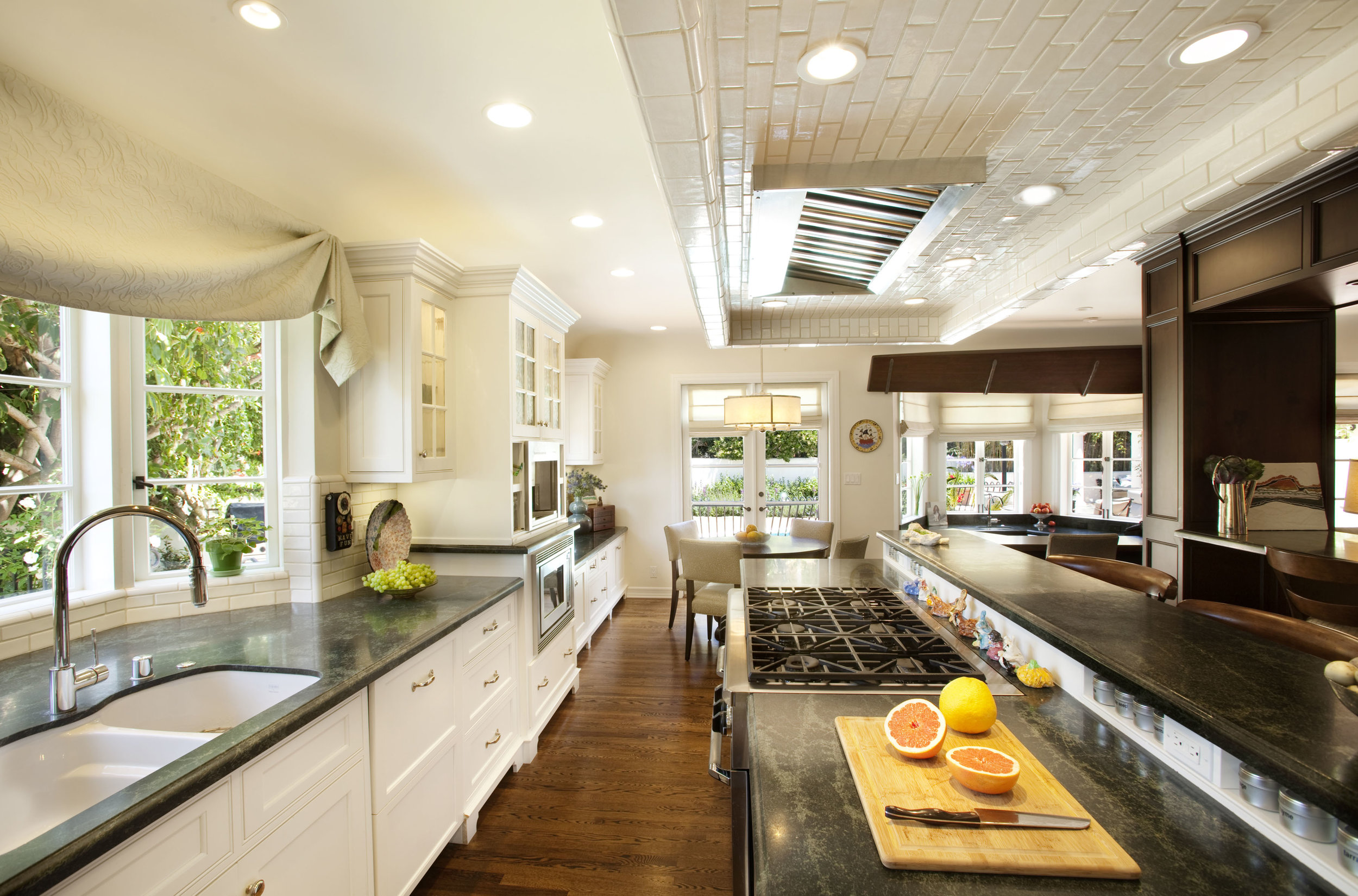How an expertly designed home can be better than a luxury vacation
/Forget about unexpected flight delays, cramped legroom, and coping with jet lag — this summer, consider channeling vacation vibes at home instead. Creative home design can make your bedroom feel like a five-star hotel or transform your backyard into a resort-style retreat; no reservation required.
Sarah Barnard Design, WELL AP + LEED AP, creates restorative, hospitable spaces reminiscent of her clients' favorite destinations. Here we reflect on four of her past travel-inspired projects to show how thoughtful home design can replicate the health benefits of taking a vacation.
Paris: Park View pied-à-terre
Perhaps the best part of staying in a luxury hotel is the luxurious sleep experience. While you might not be able to request turndown service, selecting a plush organic mattress, high-quality linens, hypoallergenic pillows, and sunlight-blocking window treatments can ensure a restful slumber every night of the week.
"An ideal sleeping space is serene, outfitted with natural materials, and maintains a visual connection to the outdoors," explains Sarah. "A completely natural bed can often provide improved air quality and make a marked improvement for chemically sensitive people and/or people who suffer from allergies."
For a Francophile at heart, Sarah designed the bedrooms of a park view pied-à-terre to resemble a boutique hotel in the 16th arrondissement, focusing on high thread-count sheets, soft, romantic lighting, curated artwork, and beautifully-arranged flowers. The antique-inspired furnishings were custom made by local craftspeople using non-toxic, sustainable materials.
Tulum: Serene Scandifornian
Being on vacation often means immersing yourself in nature, which benefits physical health and mental well-being. Establishing a connection to the outdoors, whether it be a verdant view through a kitchen window or an oil painting of a seascape, can boost your mood and brainpower, according to a 2001 study by University of Michigan psychology professor Rachel Kaplan.
Sarah brought Tulum's beachy-bohemian stylings to a Southern California family home by embracing neutral colors and oceanic motifs, including coral-inspired wall sconces and a custom concrete fireplace with wave-like etchings. The floor pillows provide a laid-back feel, while the live-edge coffee table is reminiscent of a piece of driftwood. Collected shells and a photorealist painting by Eric Zener add to the room's organic feel.
Cape Cod: Cape Cod Guest Retreat
If spending more time outdoors is at the top of your staycation to-do list, consider revamping your alfresco living space and summer garden. Tending to plants can cultivate happiness at the same rate as many common forms of exercise, according to a recent study published in the Landscape and Urban Planning academic journal. Plus, you can use the fruits of your labor to whip up a delicious meal or arrange a colorful centerpiece.
"Many clients are beginning to realize that there is a dramatic benefit to home design that nourishes our desire to be close to nature," explains Sarah.
The home designer helped the owner transform an urban backyard into a coastal New England getaway, complete with a guest cottage and private pool. Using the retreat's natural surroundings as a jumping-off point, Sarah incorporated botanical prints, earthy hues, and rich wood furniture.
Outside, weathered teak loungers covered with hand-printed outdoor textiles provide a comfortable spot to unwind by the pool. The lush gardens and meandering pathways give the backyard a sense of seclusion, making it feel like you're far away from the city's hustle and bustle.
Lake Como: California Mediterranean Estate
Beyond a comfy bed, the cornerstone of a memorable hotel stay is a spa-like bathroom. Practice self-care by investing in wellness features that soothe sore muscles, calm the nervous system and ensure a restful night's sleep. An interior designer can help you create a serene bathroom environment that caters to your specific health needs and makes you feel like you're on a mini-vacation.
For a couple who has spent many summers on Lake Como's shores, Sarah designed a sophisticated ensuite bathroom with a therapeutic soaker tub, steam shower, and heated floor tiles. Marble-framed windows provide proper ventilation and tranquil views of nature, complementing the streamlined vanity concealing a warming drawer for freshly-laundered towels.
The dripping chandeliers are befitting of a luxury villa on the Italian Riviera and provide layered lighting for applying makeup or simply soaking in the tub. "Lighting is a crucial component of good bathroom design and can help improve the human experience," notes Sarah.
While a week-long getaway might provide you with temporary pleasure and relaxation, beautiful and considered home design can make your space feel like a year-round sanctuary. Taking inspiration from your top travel destinations will evoke happy memories and allow you to reap the many health benefits of a vacation without ever leaving home.
Sarah Barnard, WELL AP and LEED AP, designs healthy, happy, personalized spaces that connect deeply to nature and art. Barnard has been featured in publications internationally and was named a "Ones to Watch Scholar" by the American Society of Interior Designers. Empathy and mindfulness are the foundation of her practice creating healing, supportive environments that enhance life.












